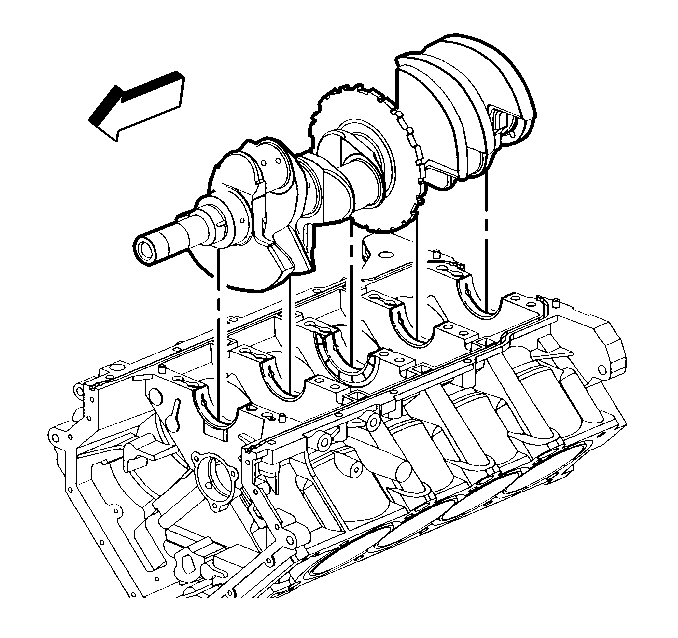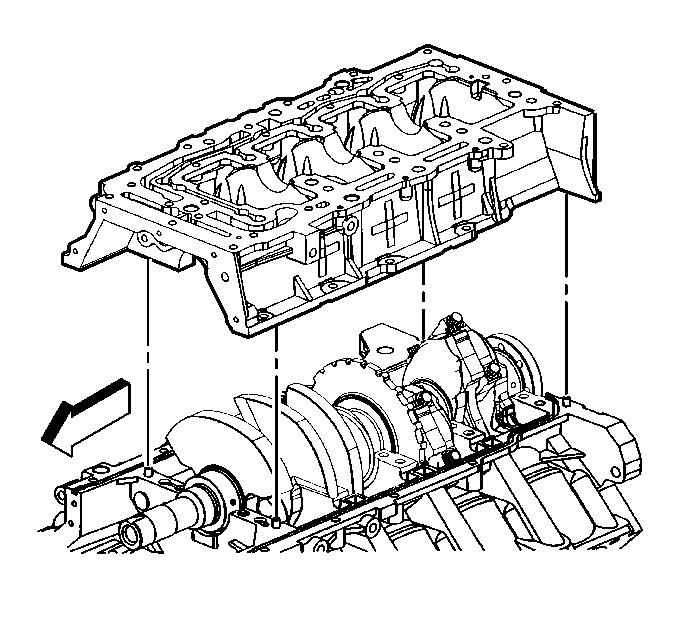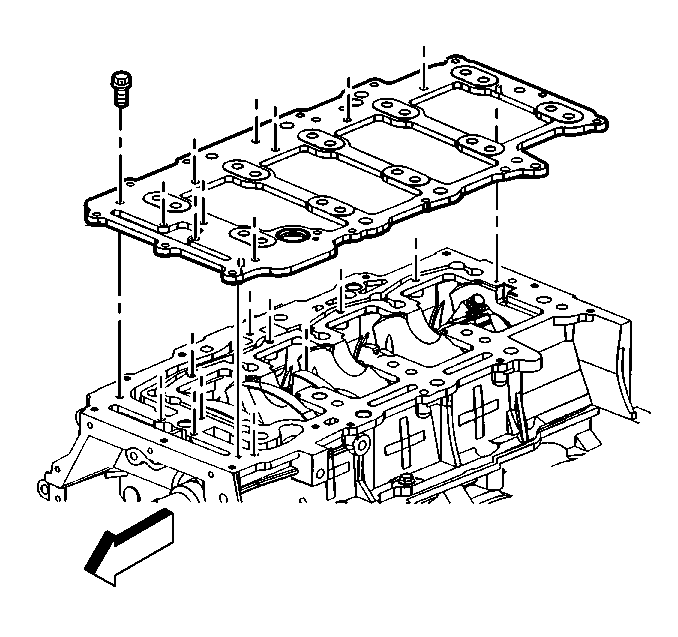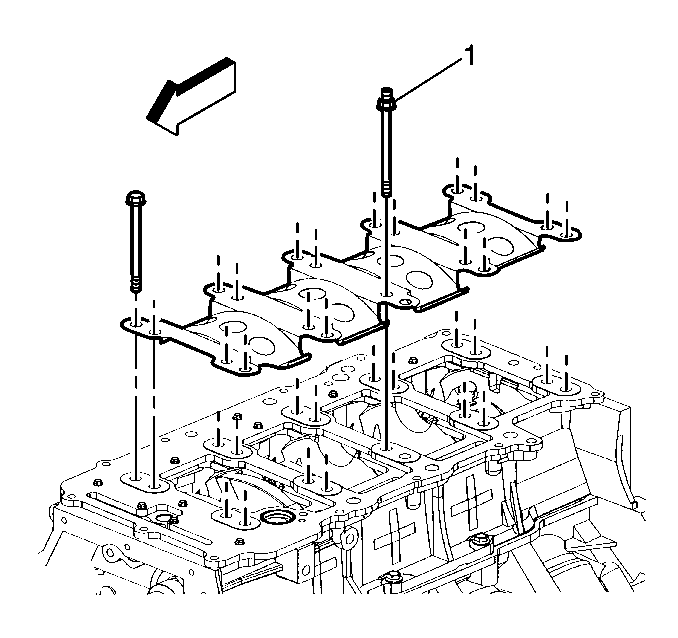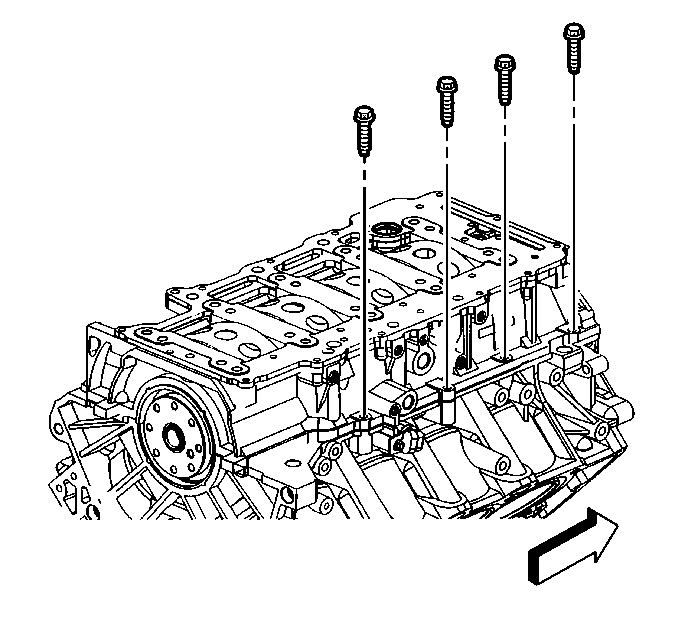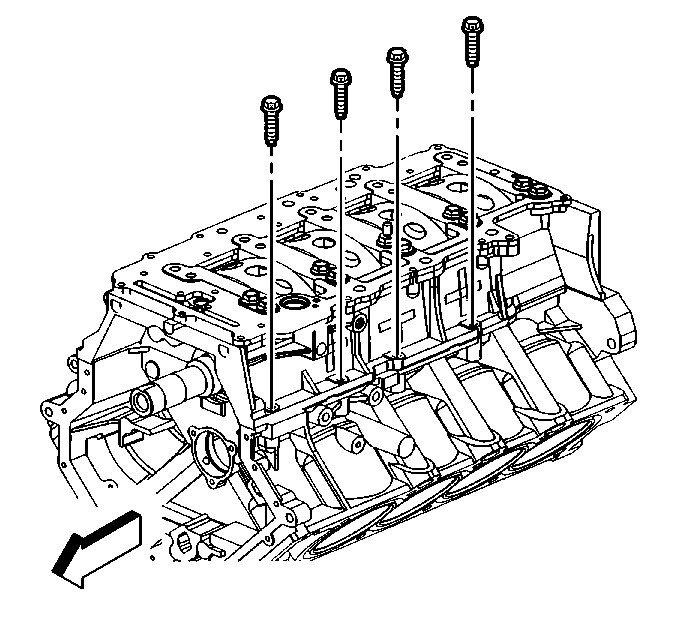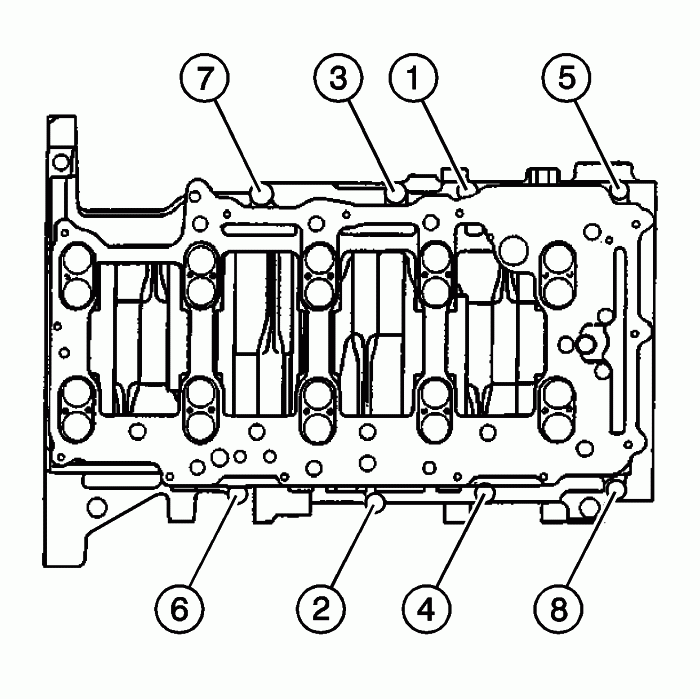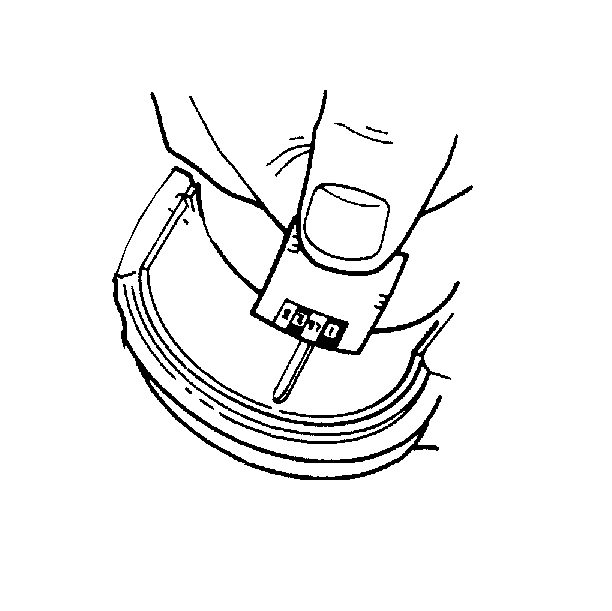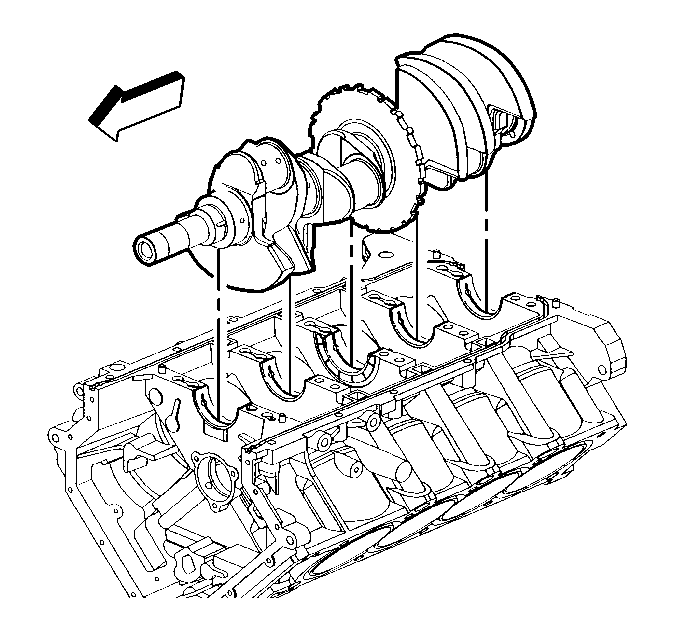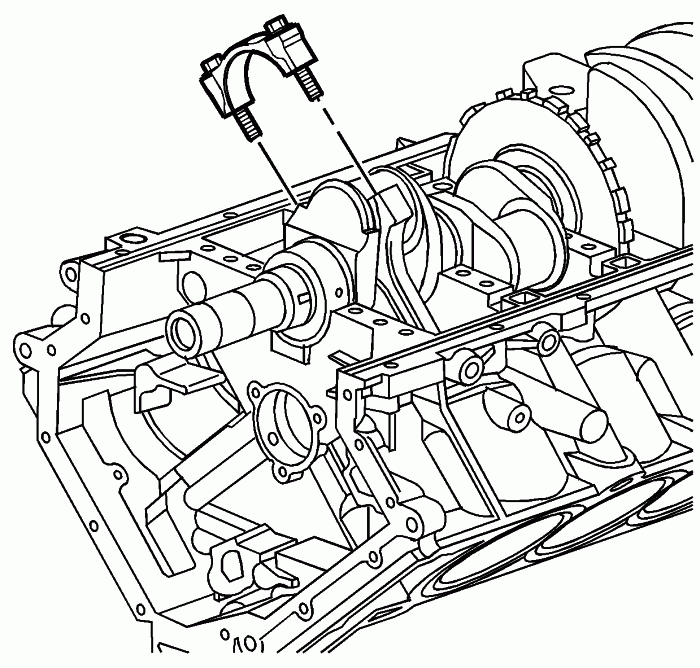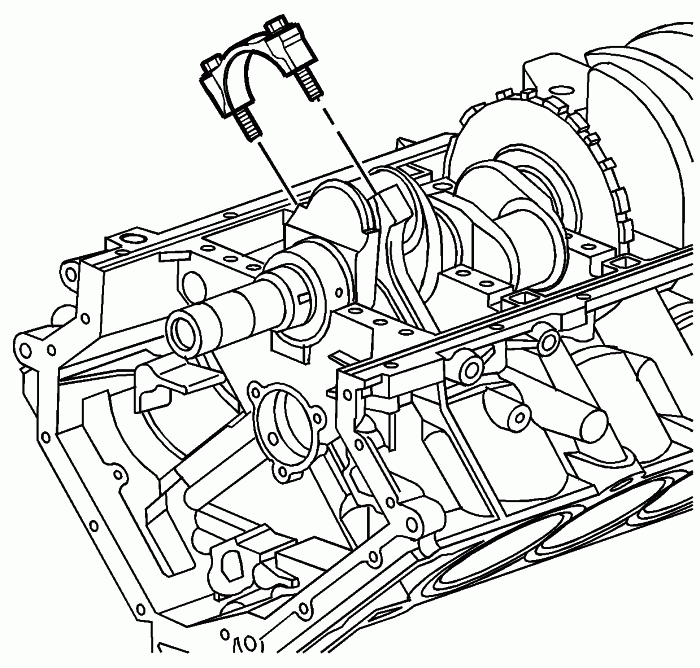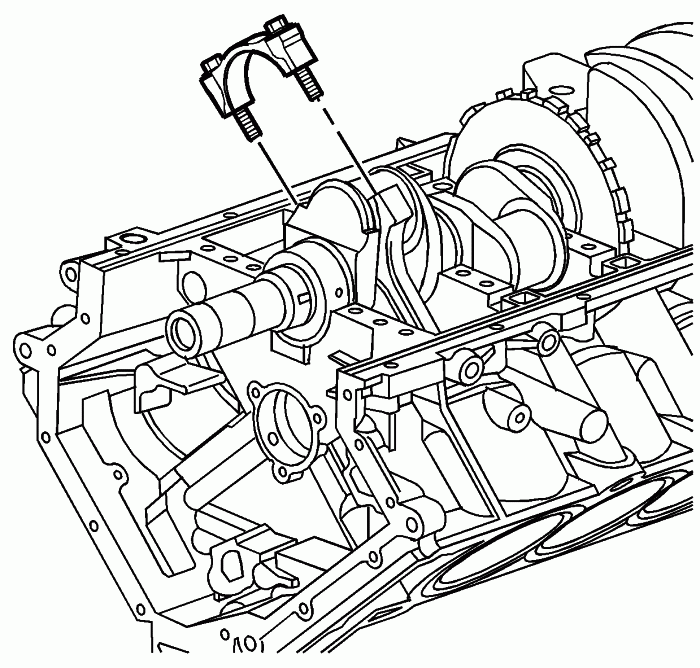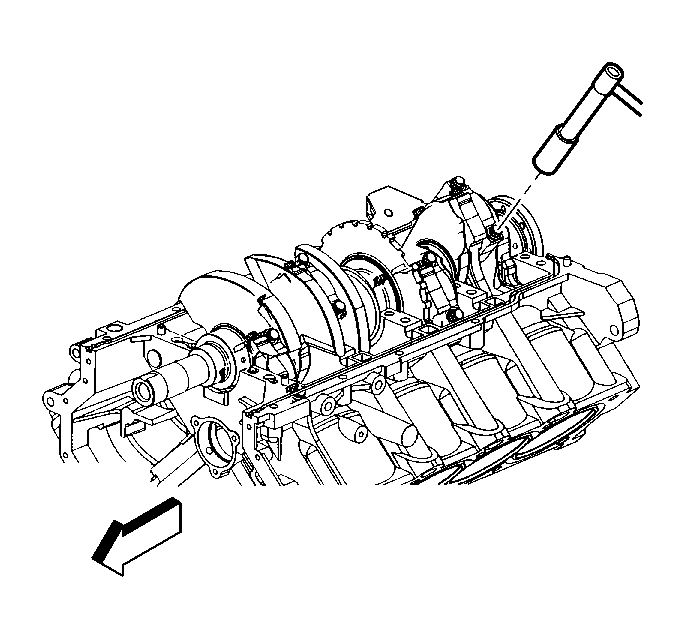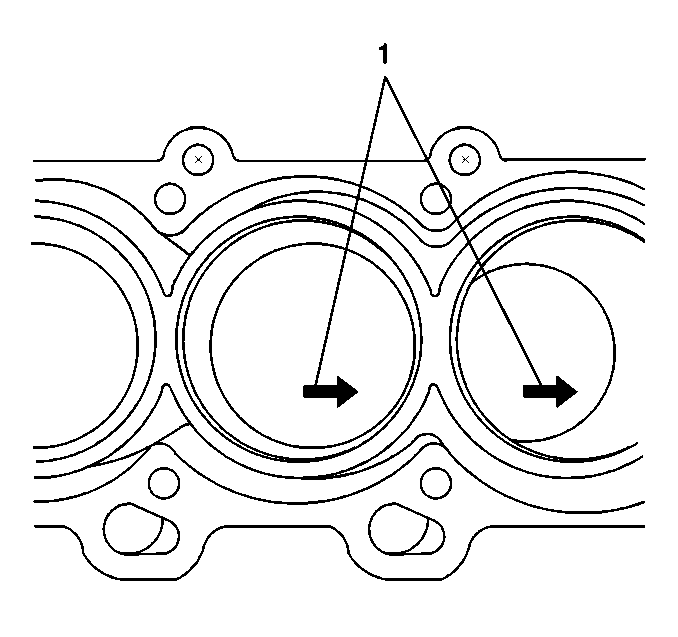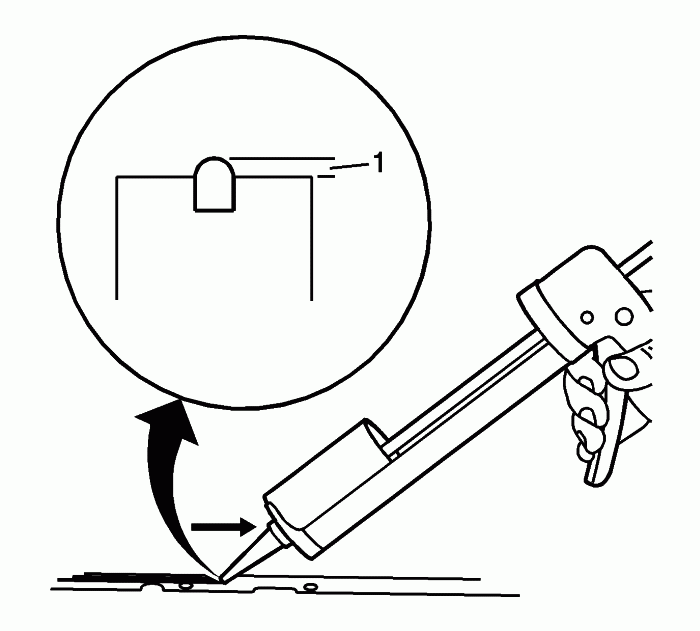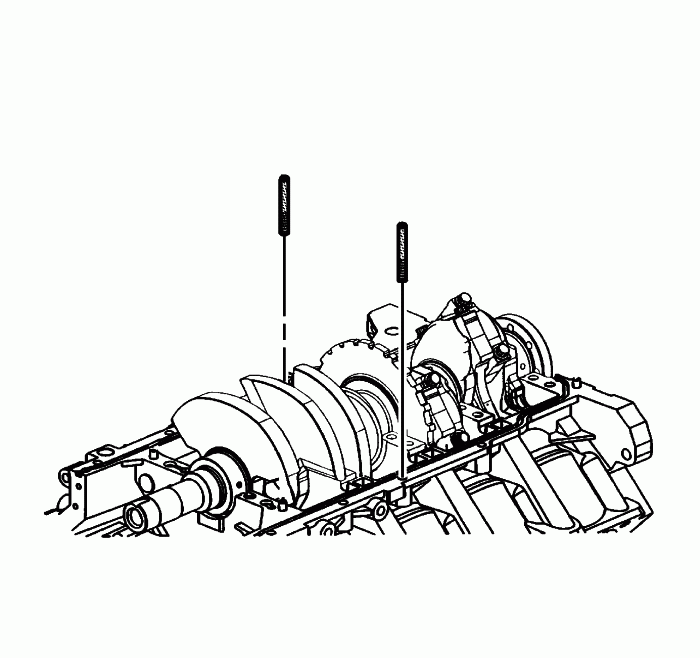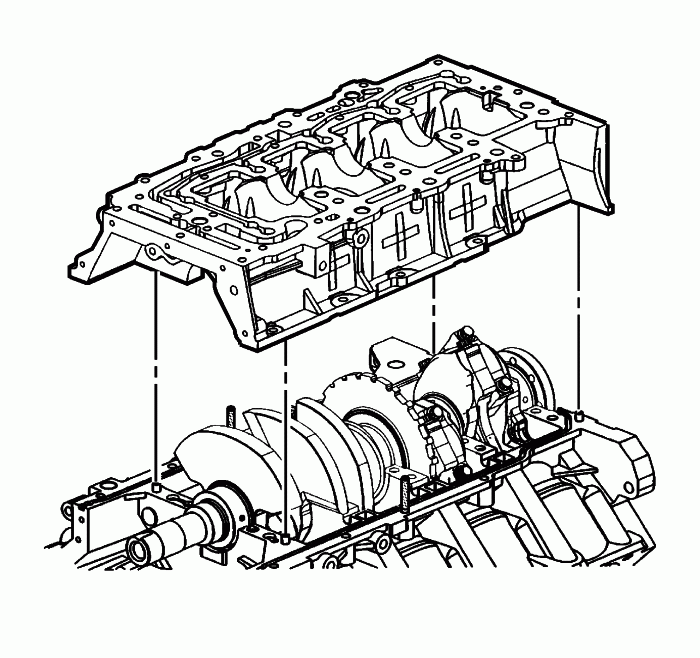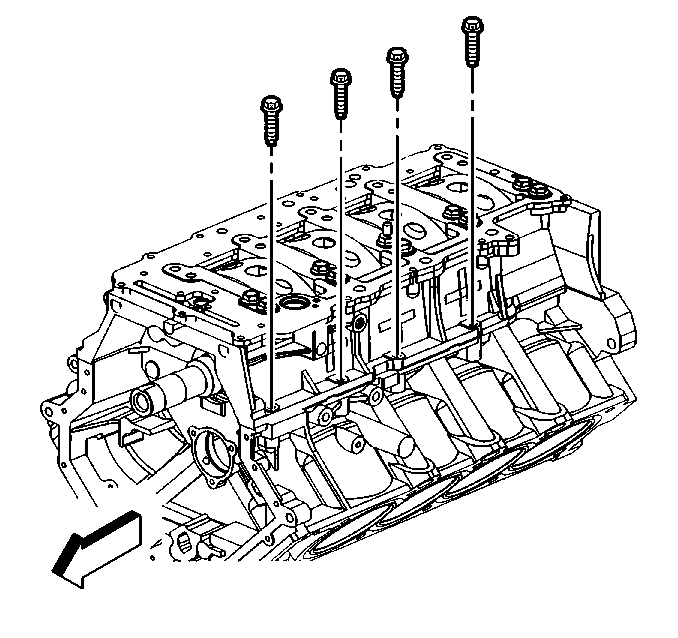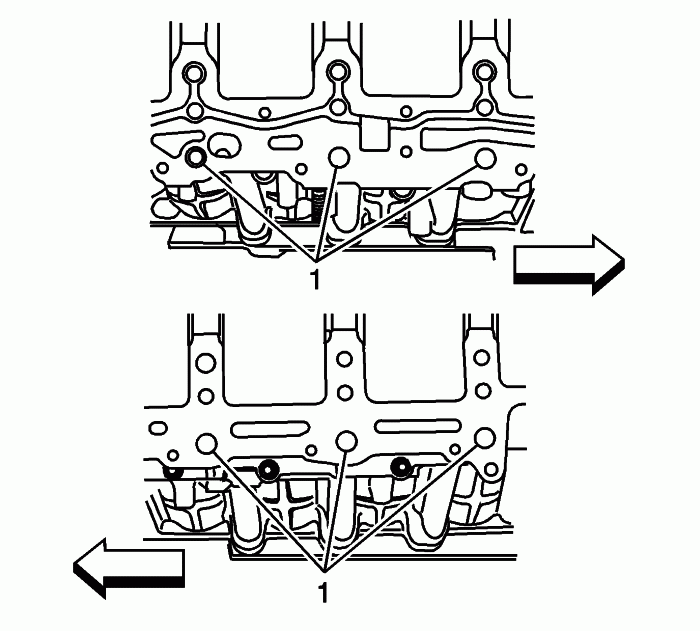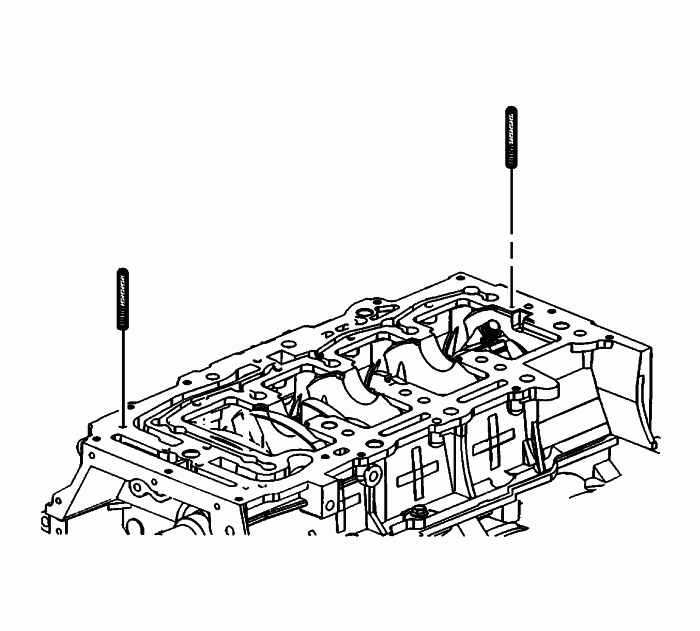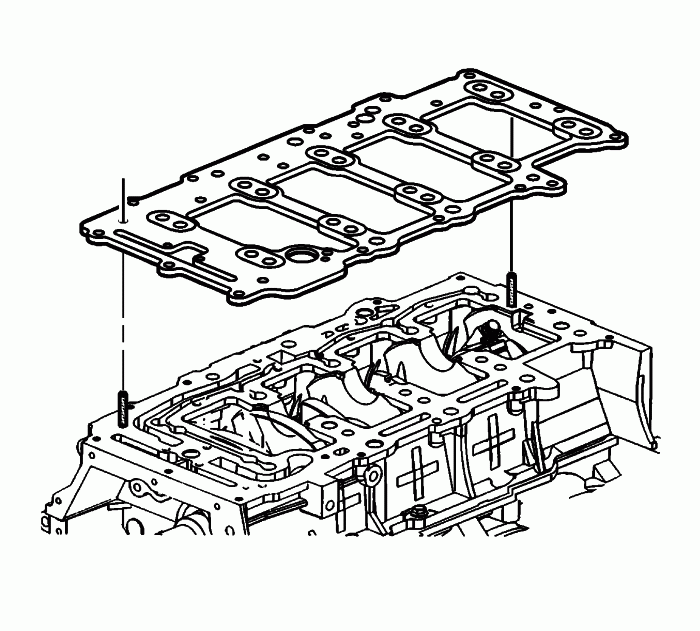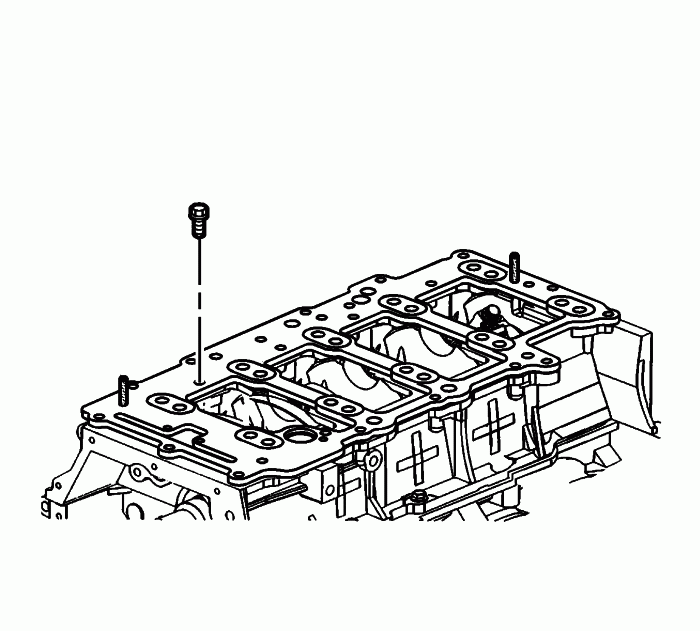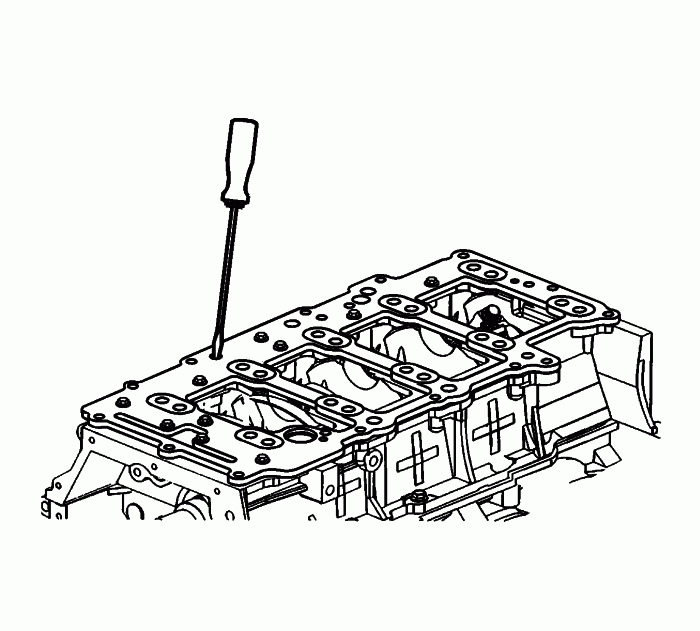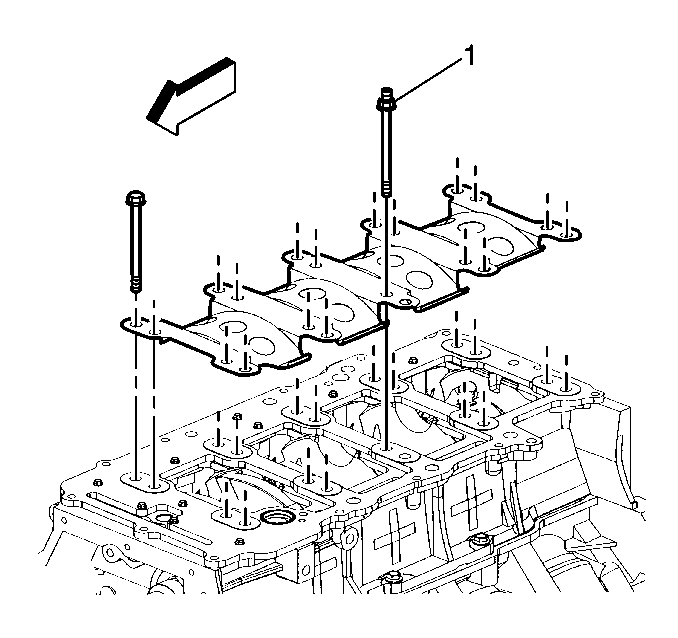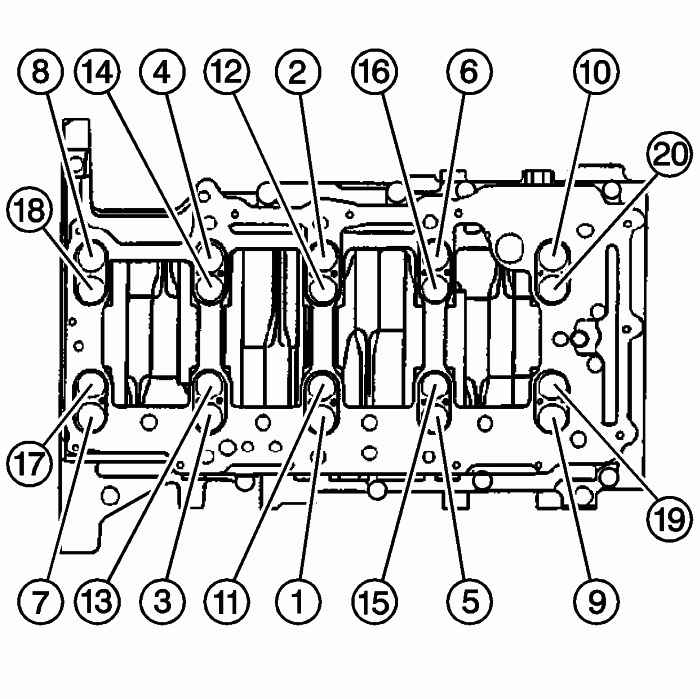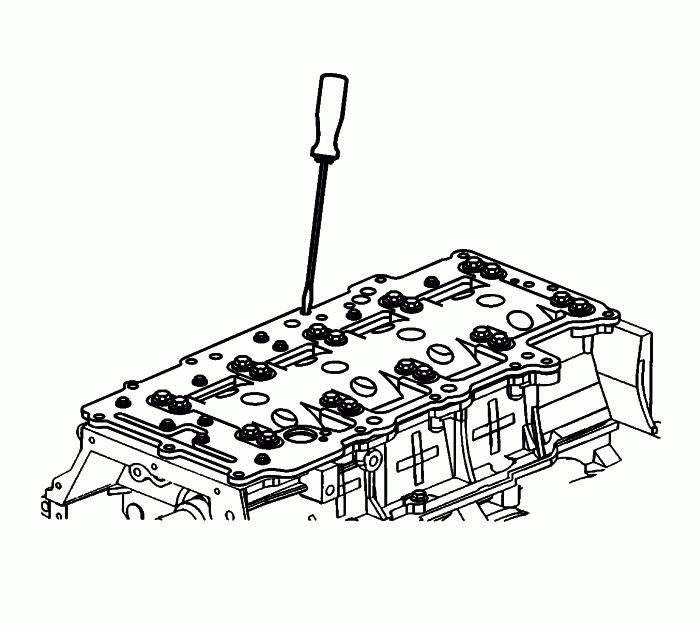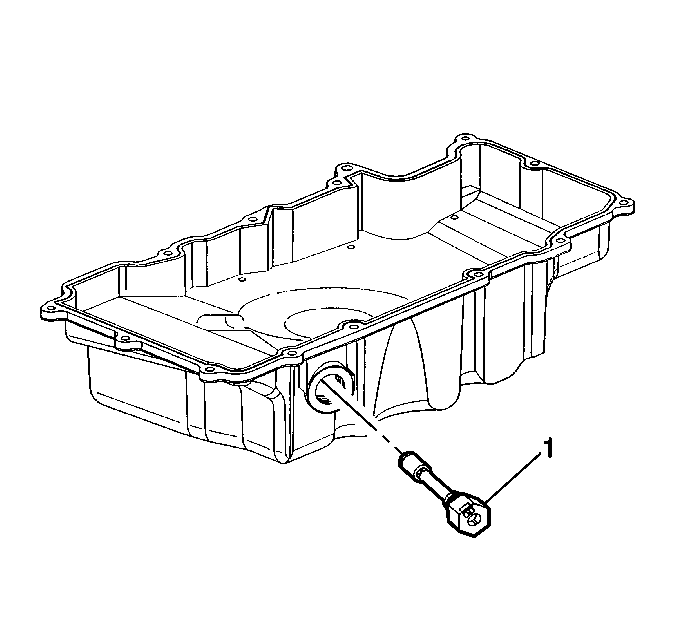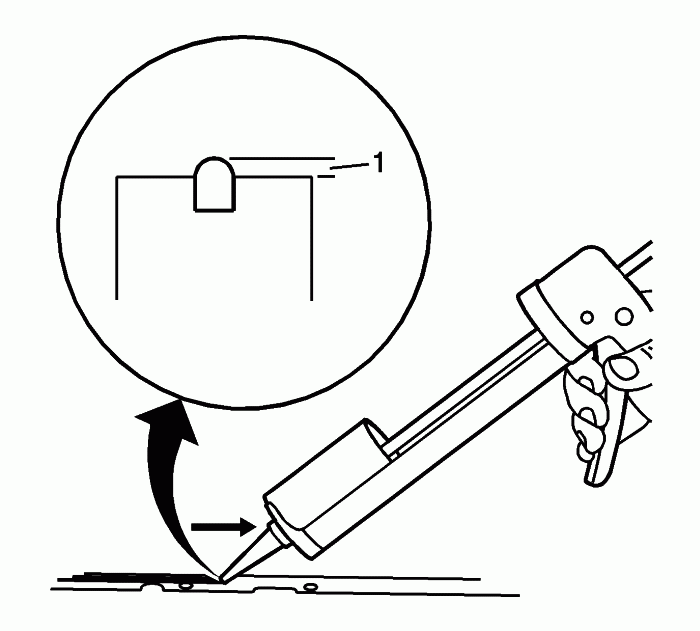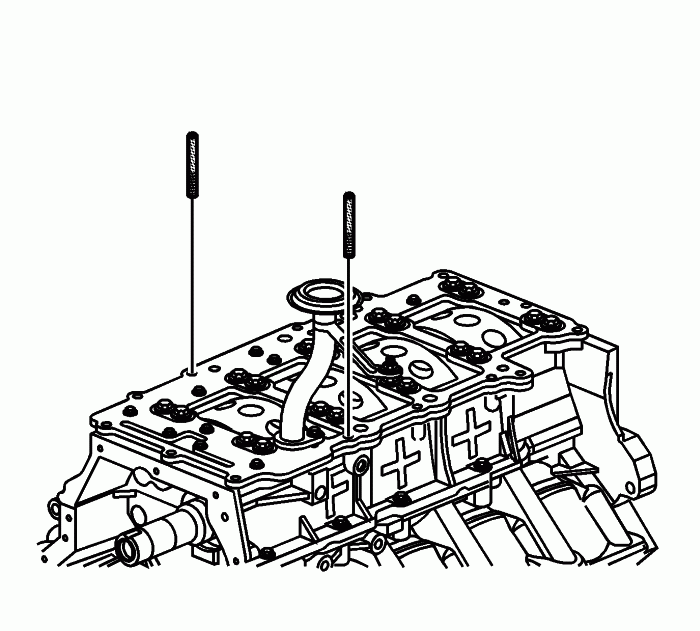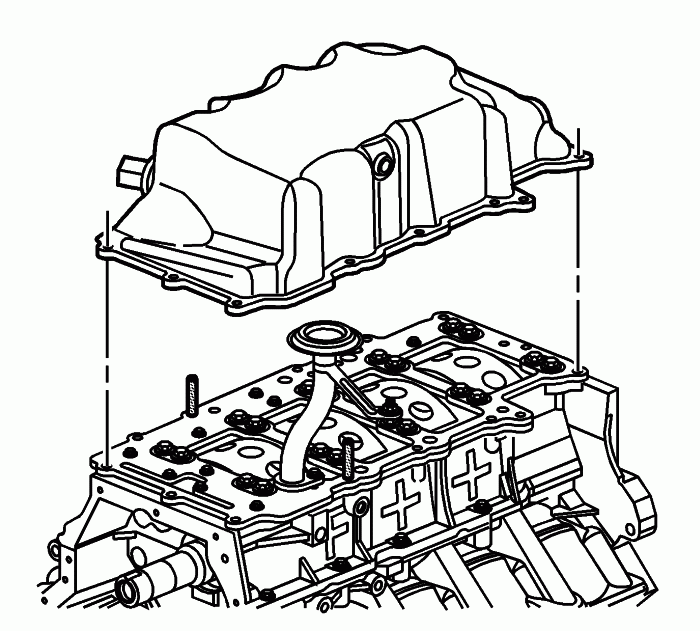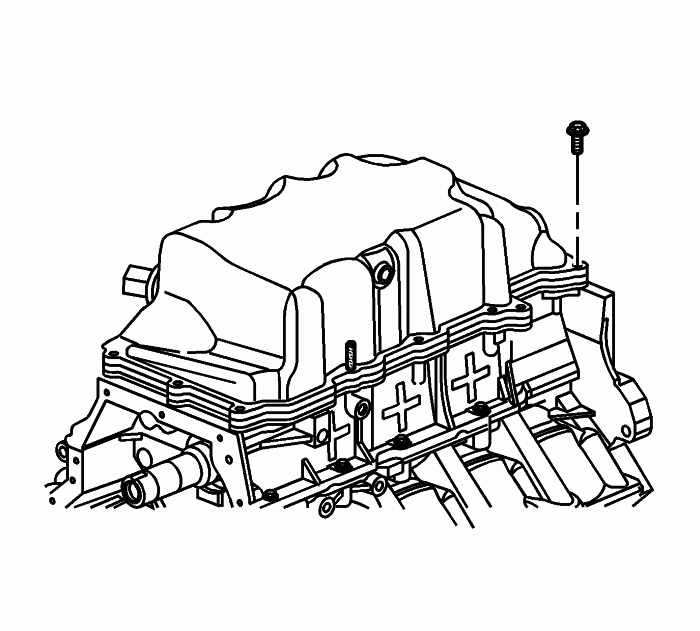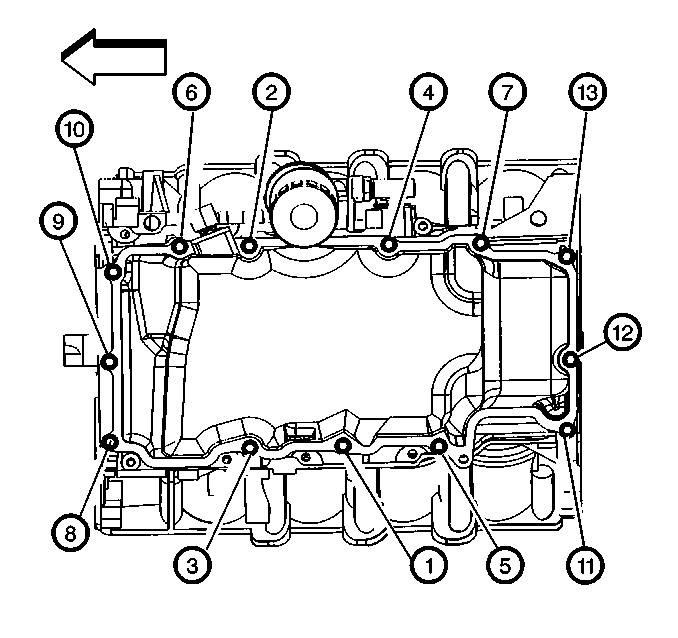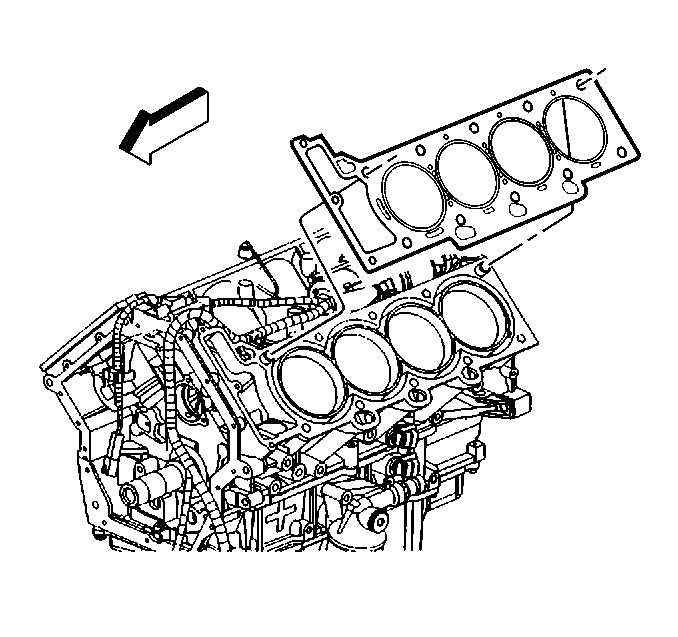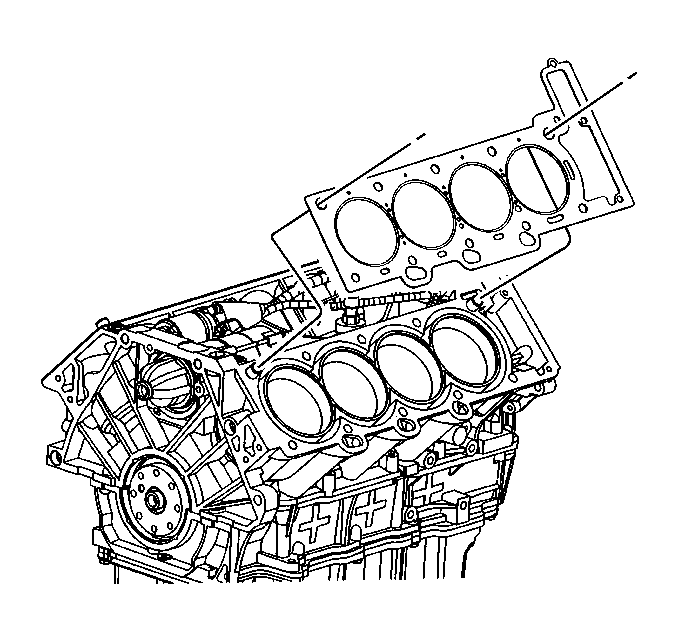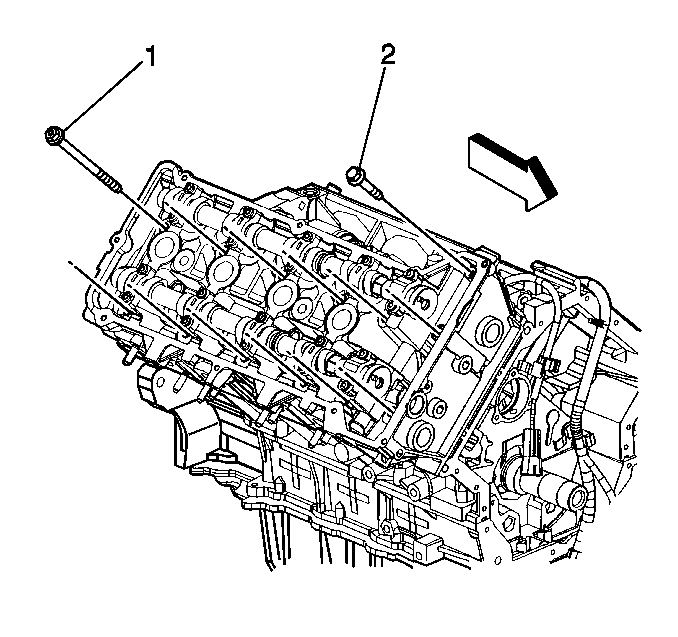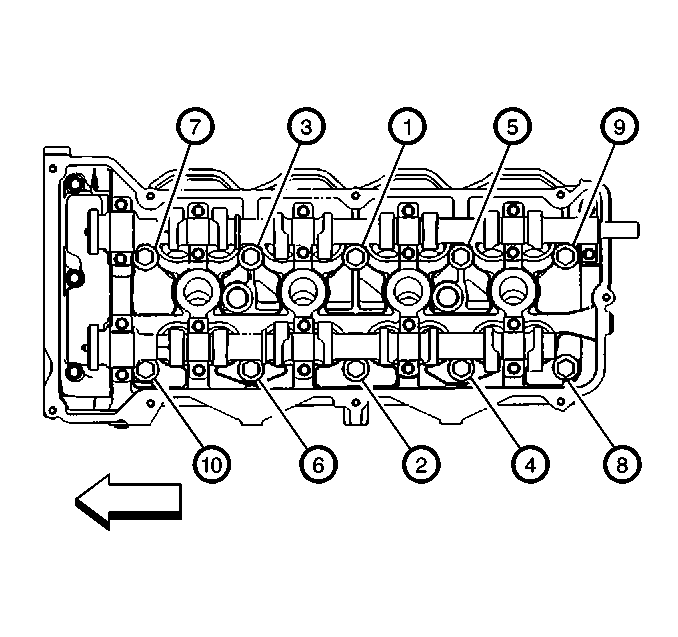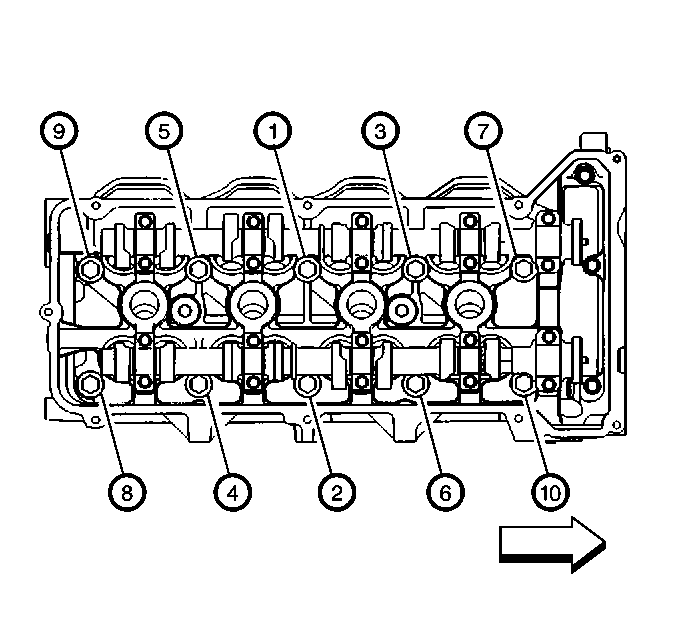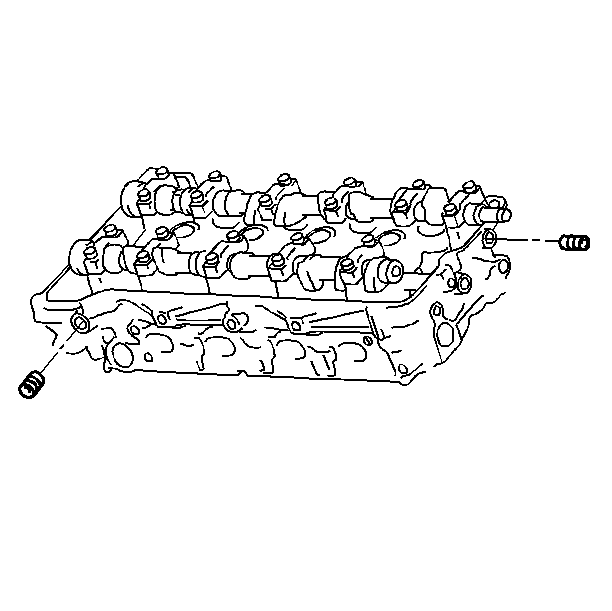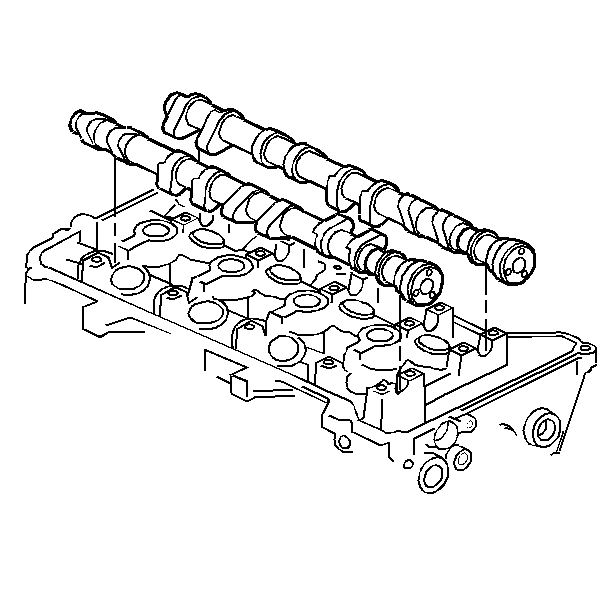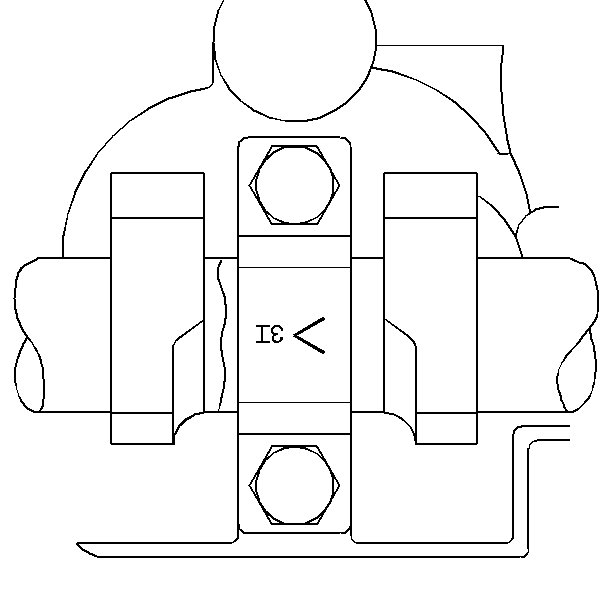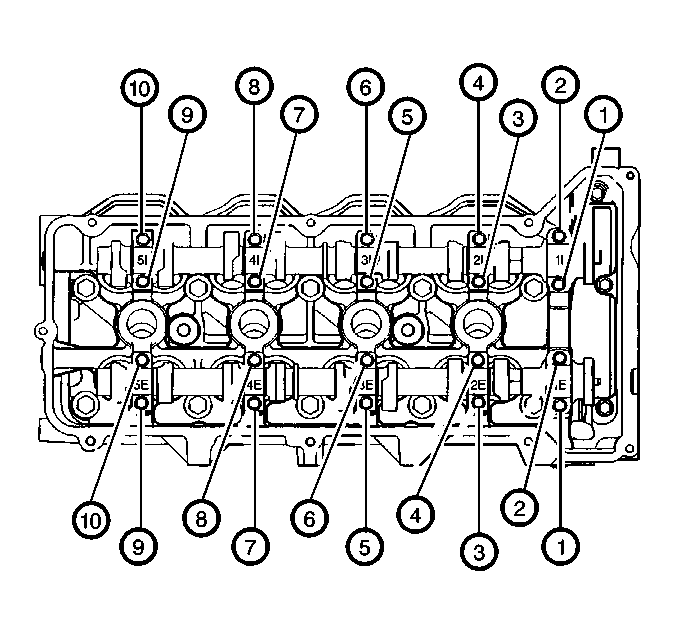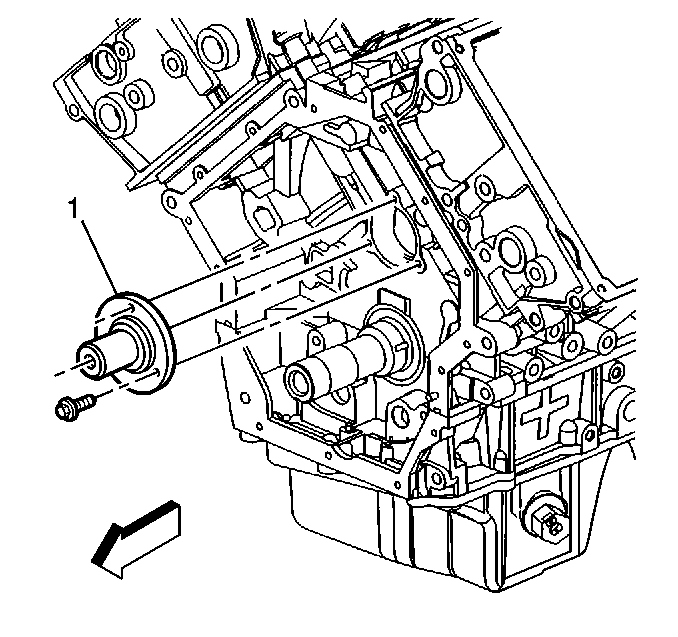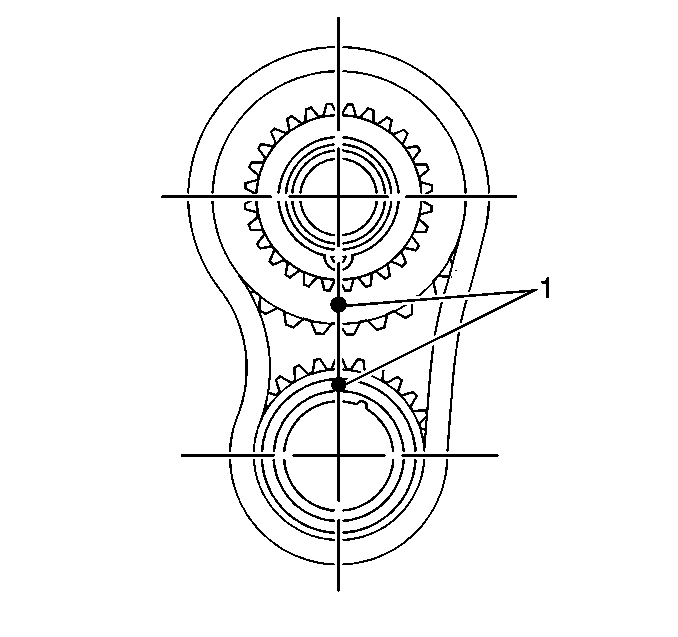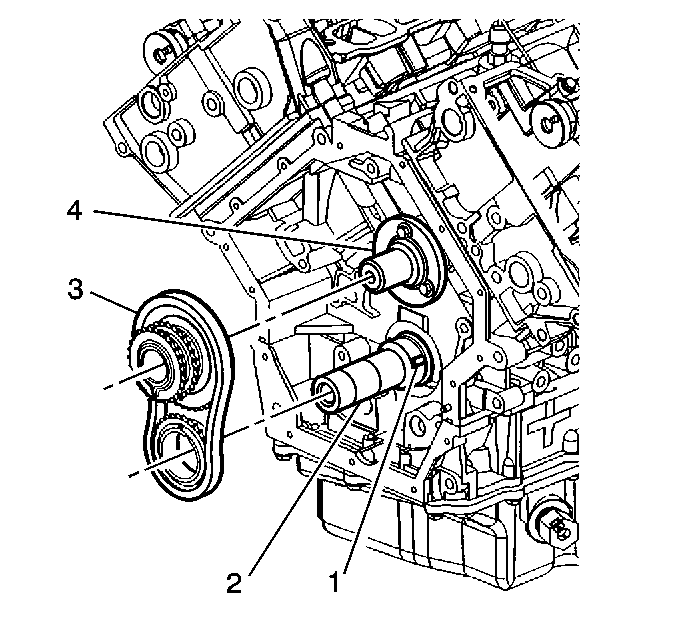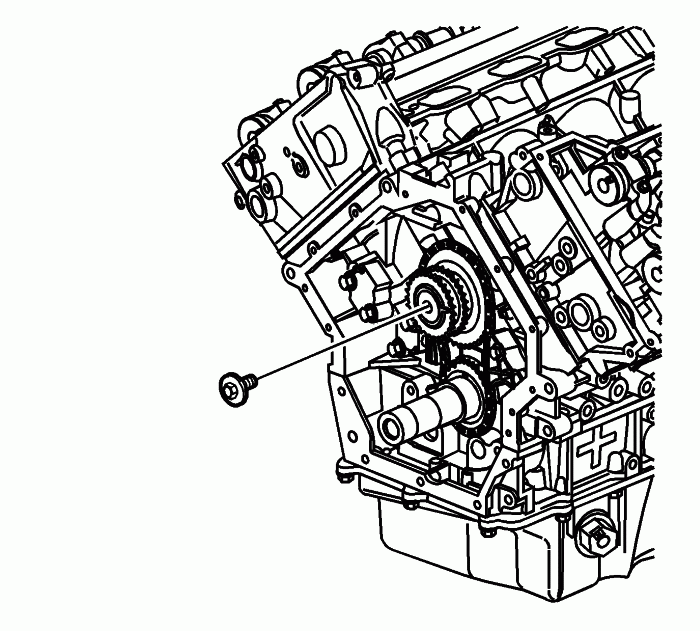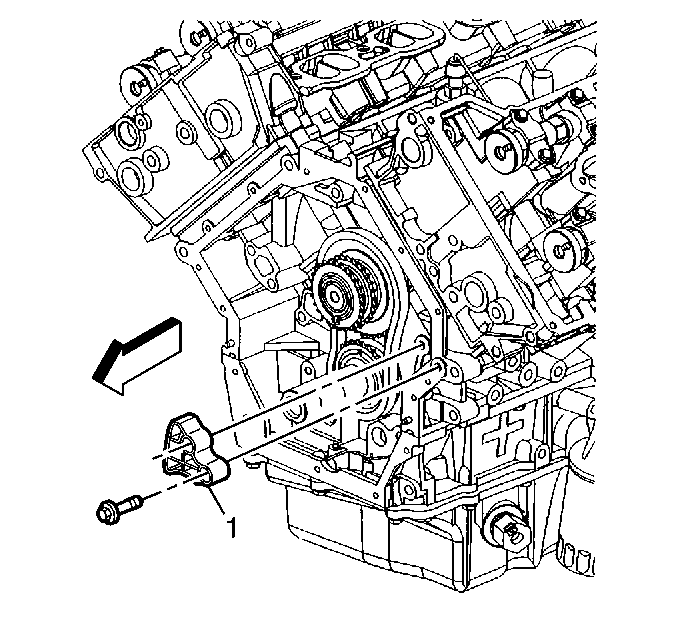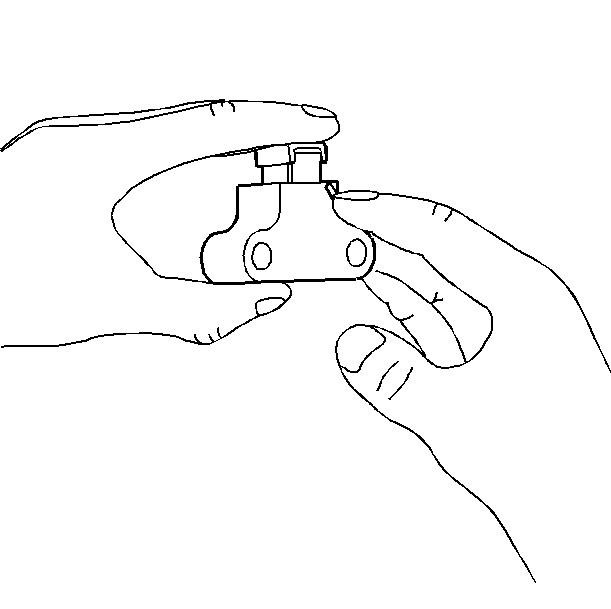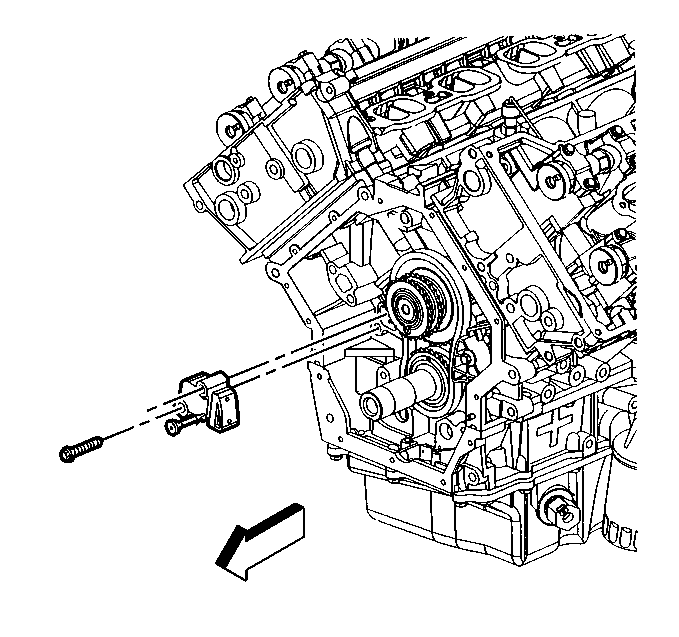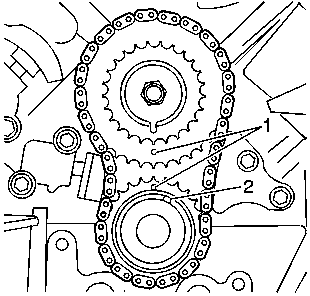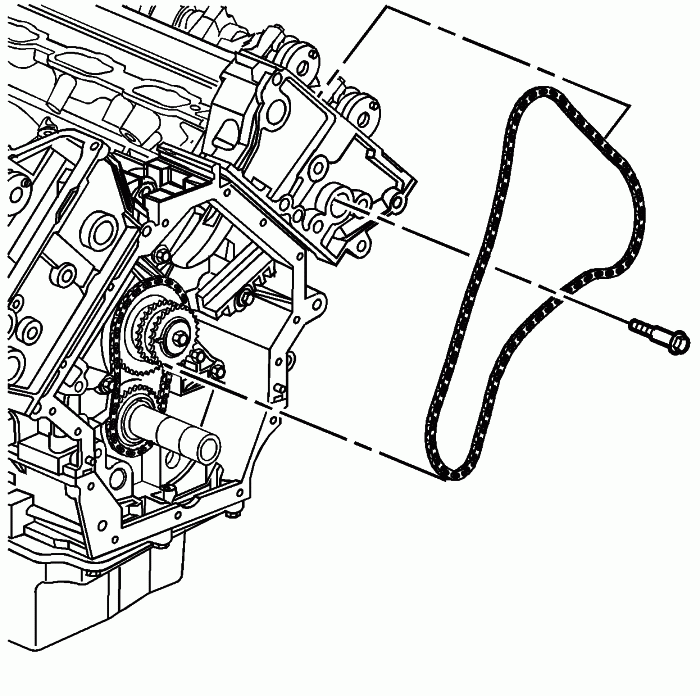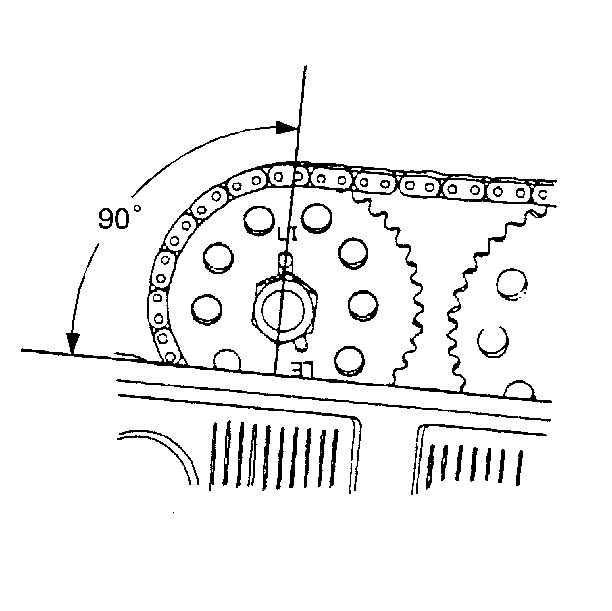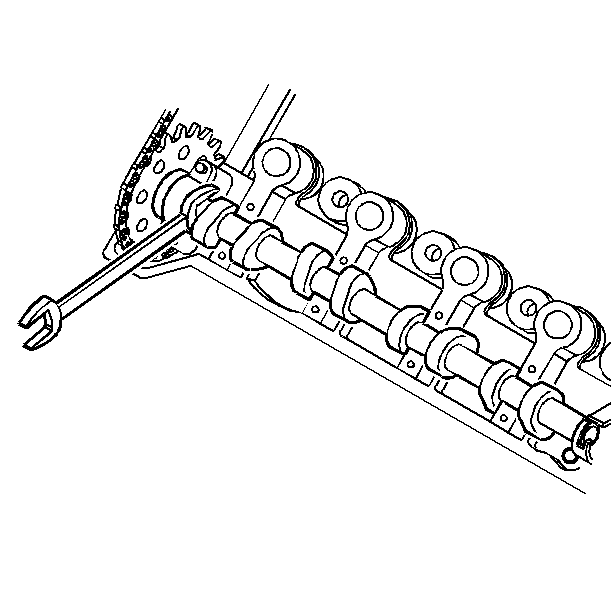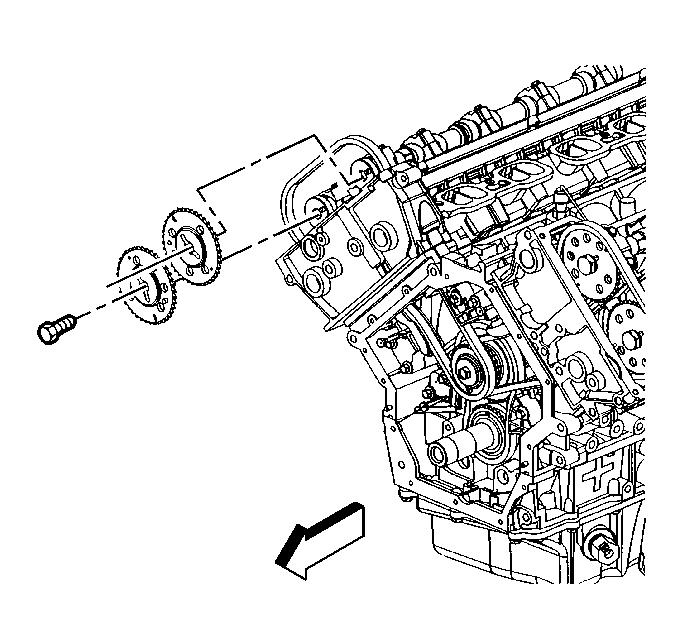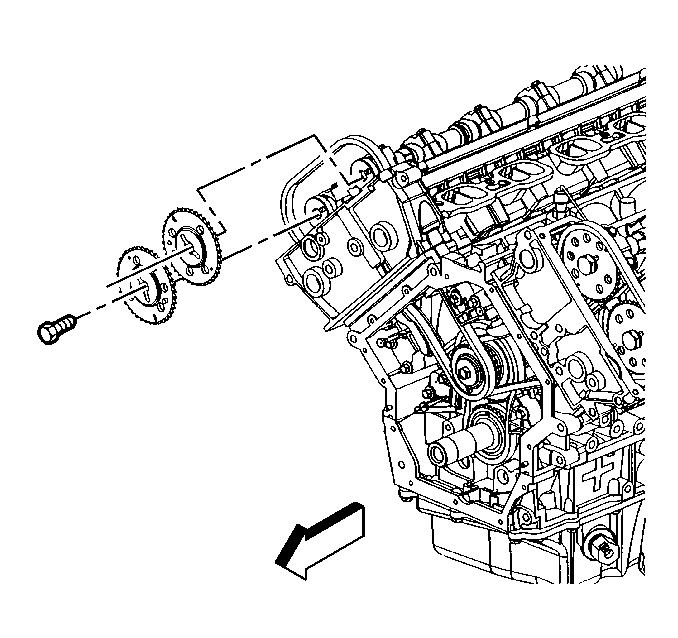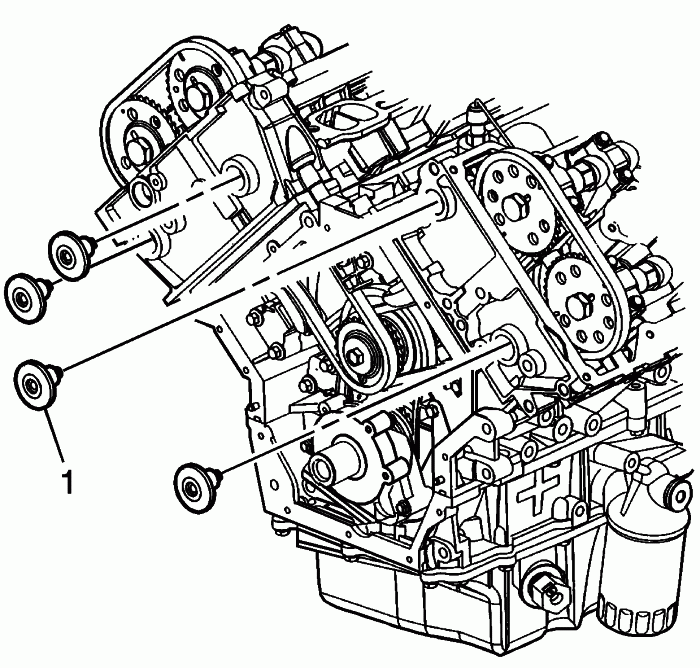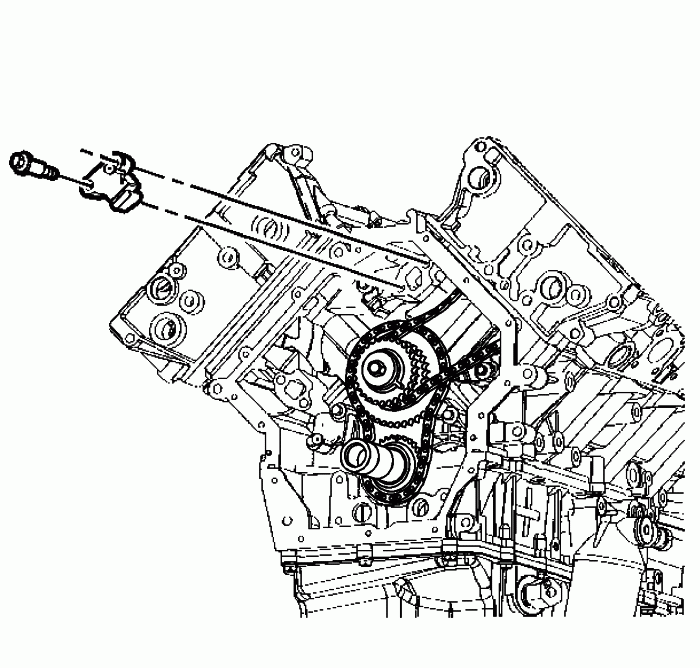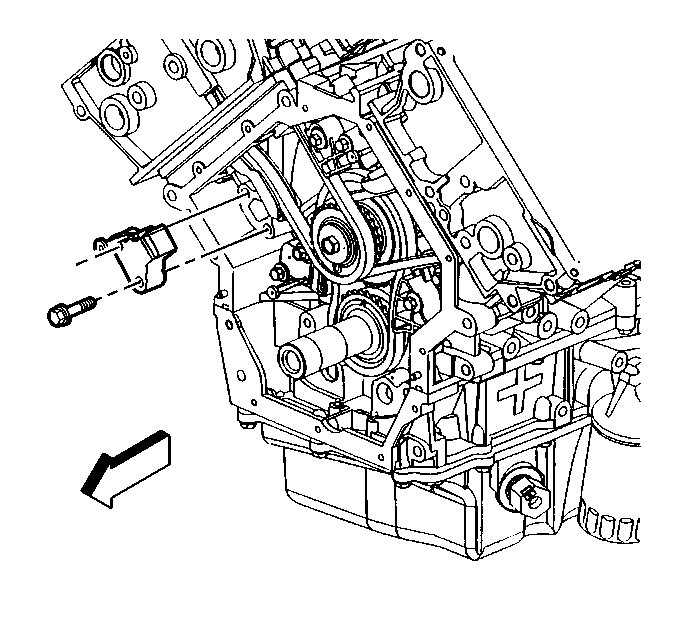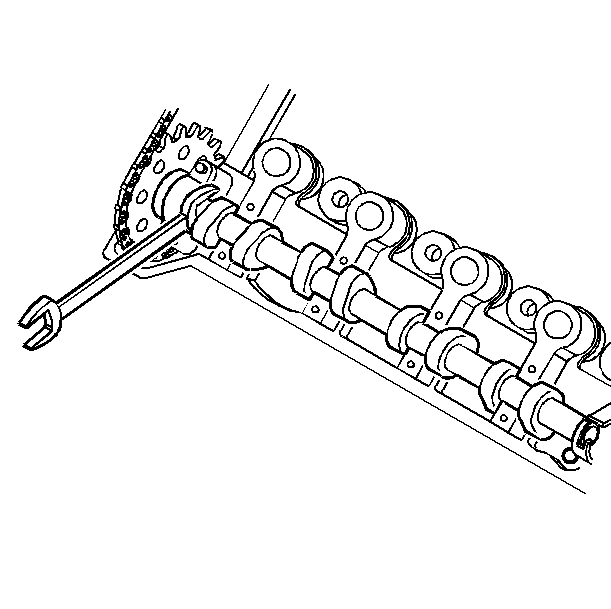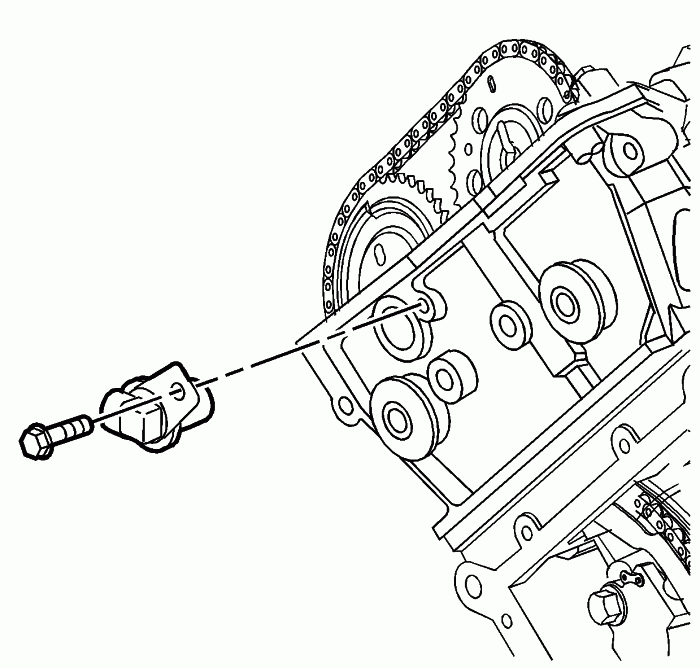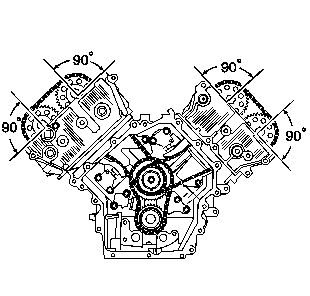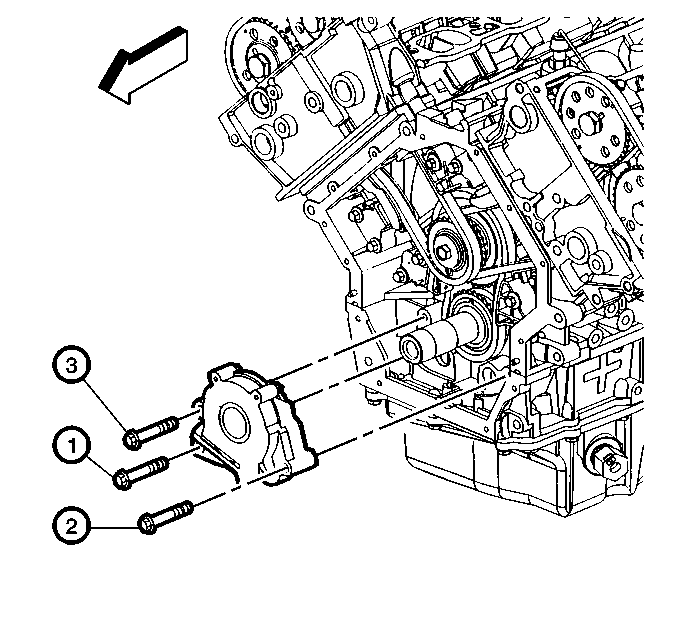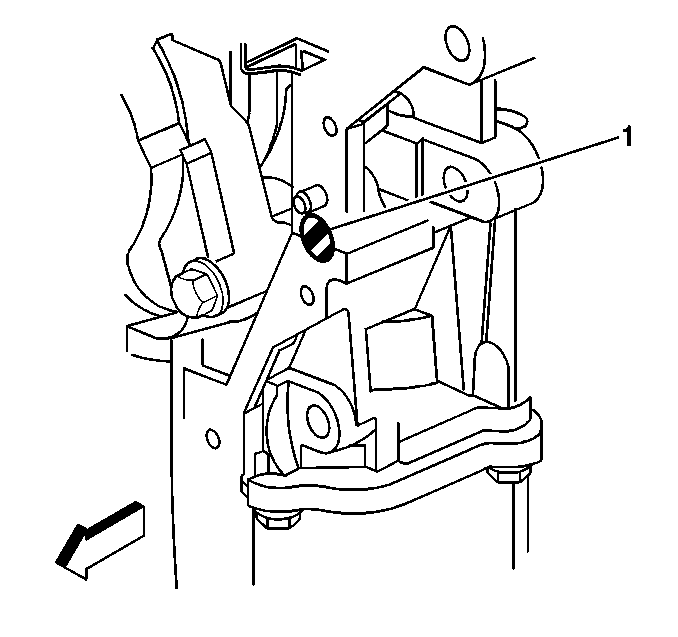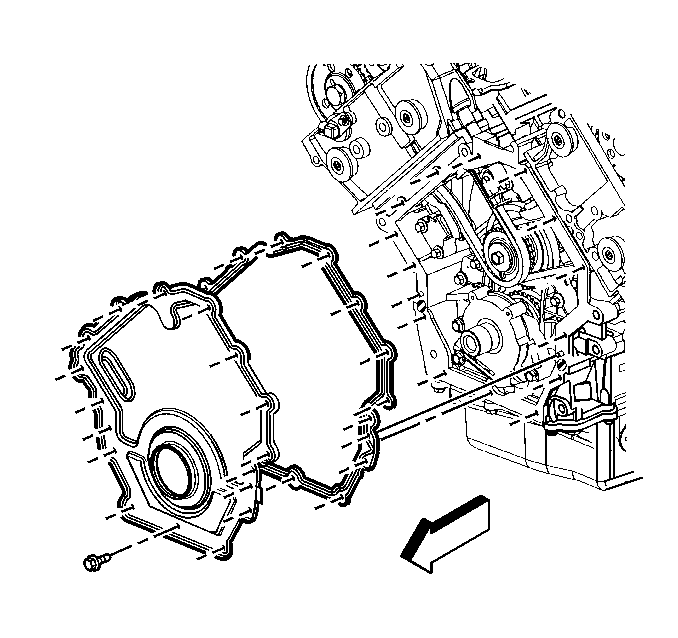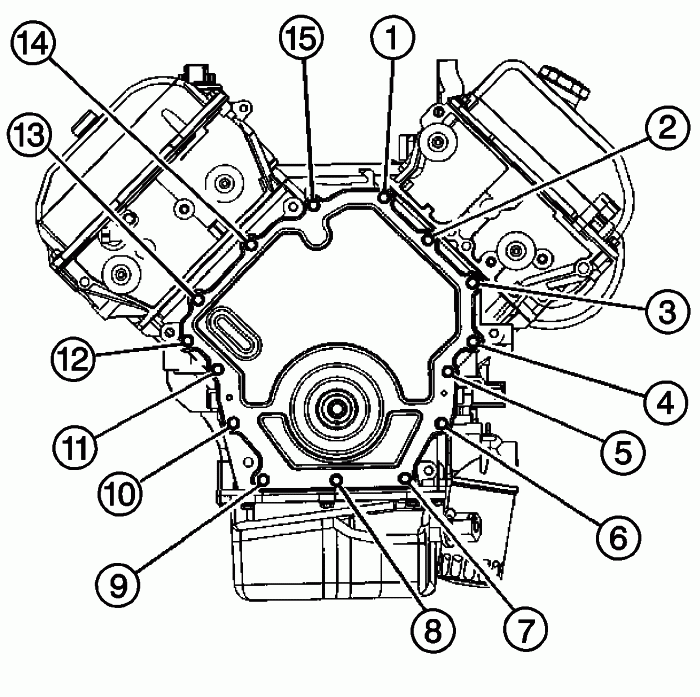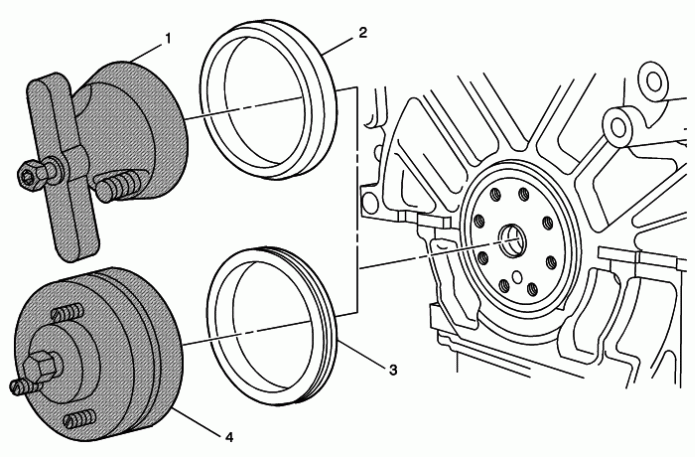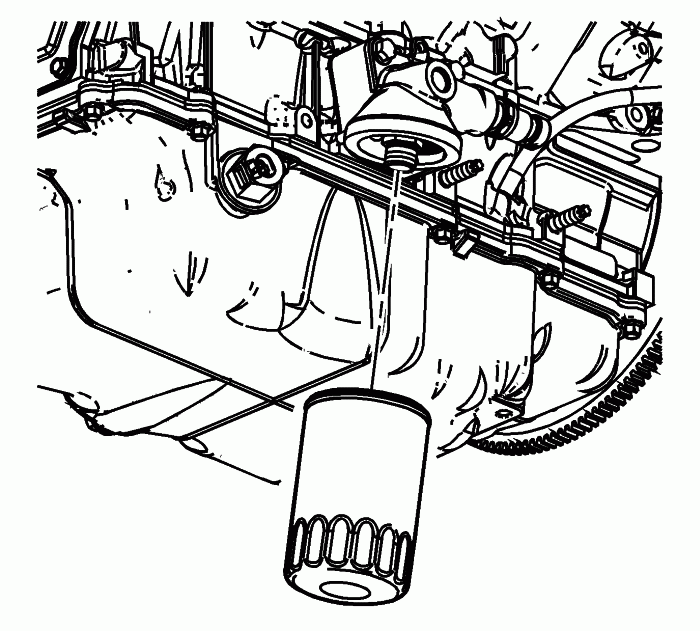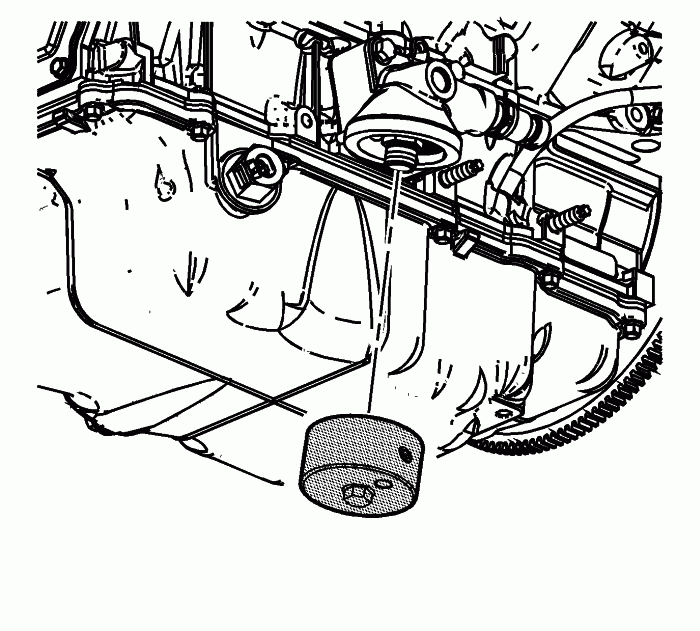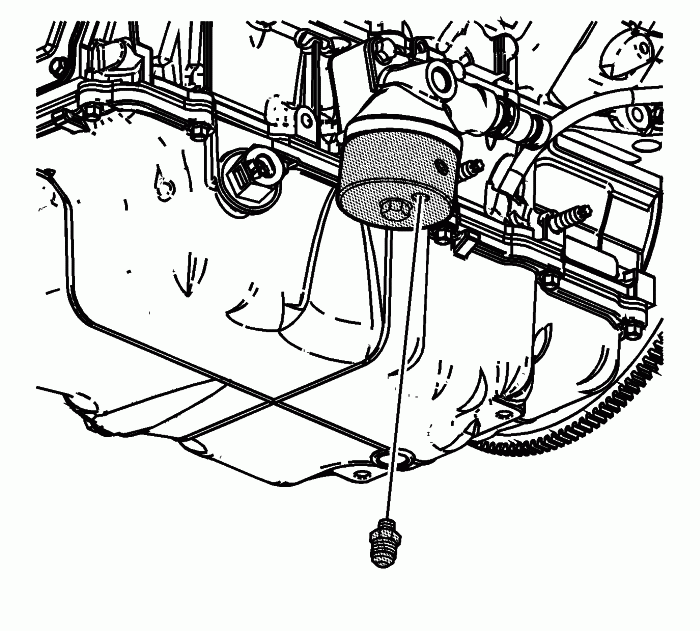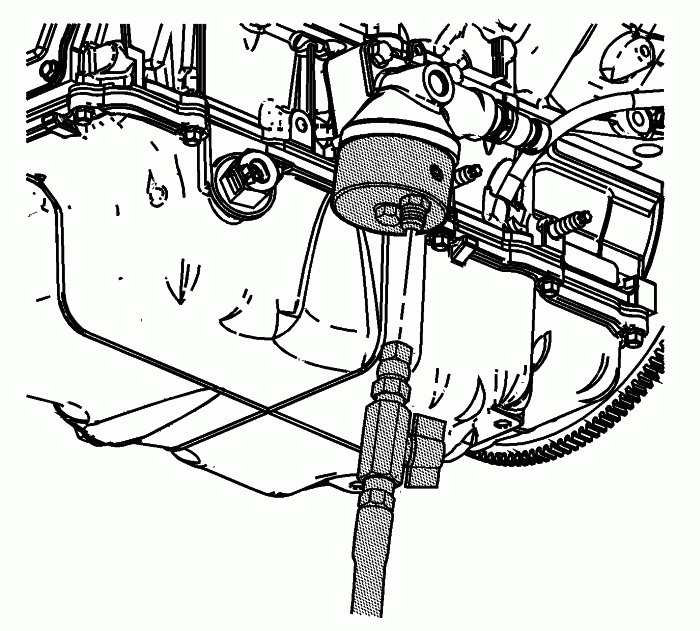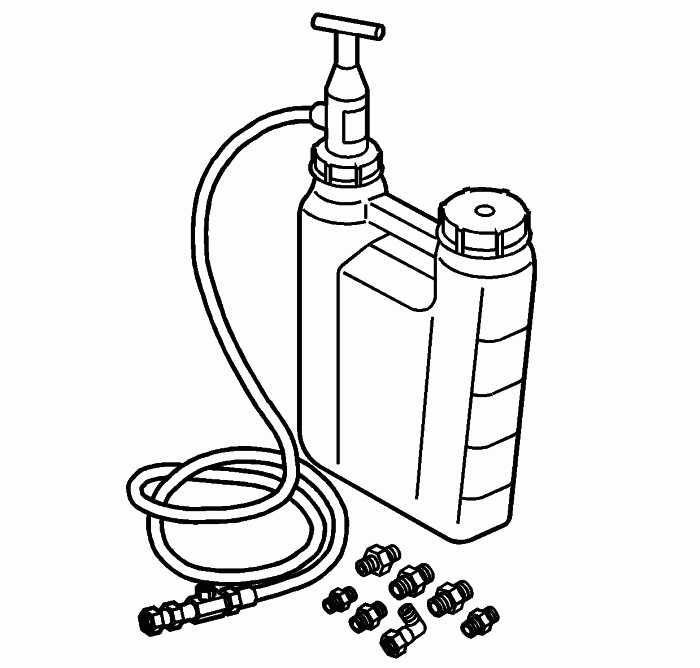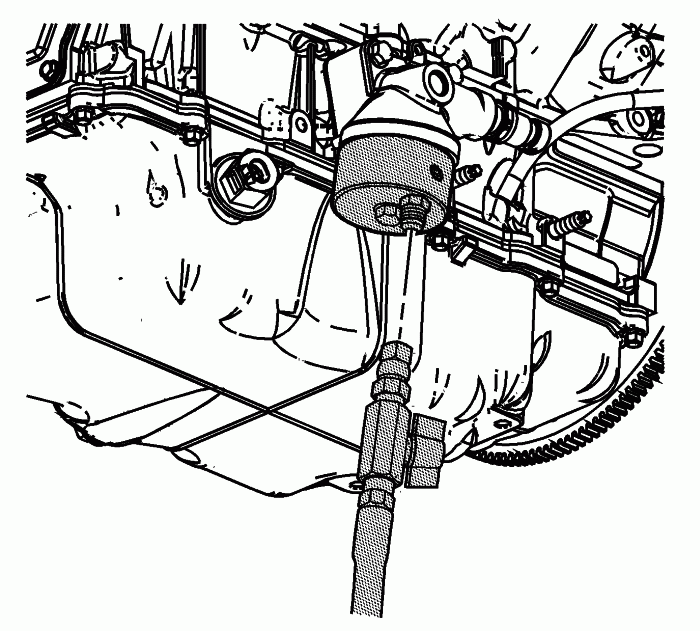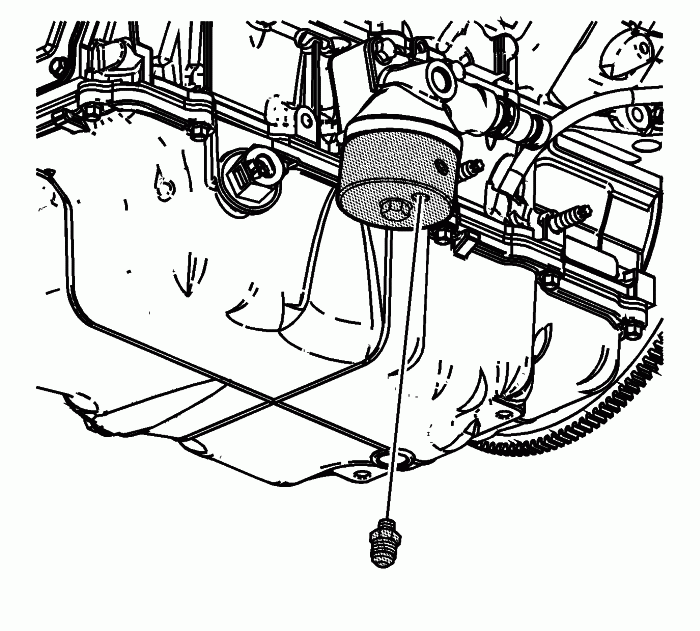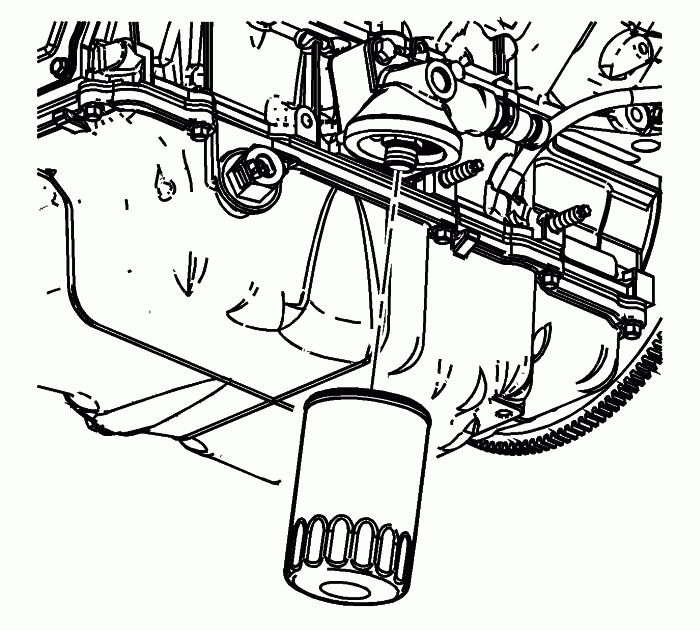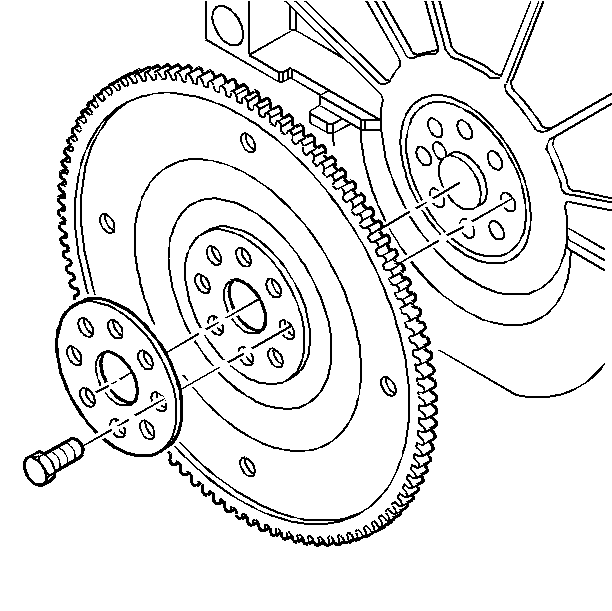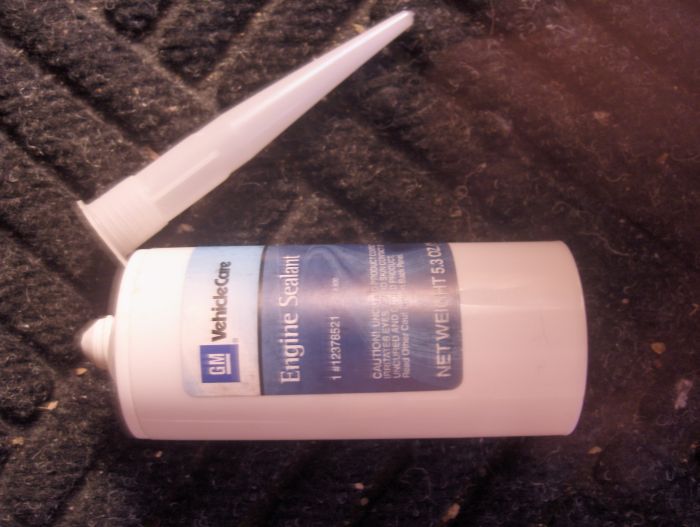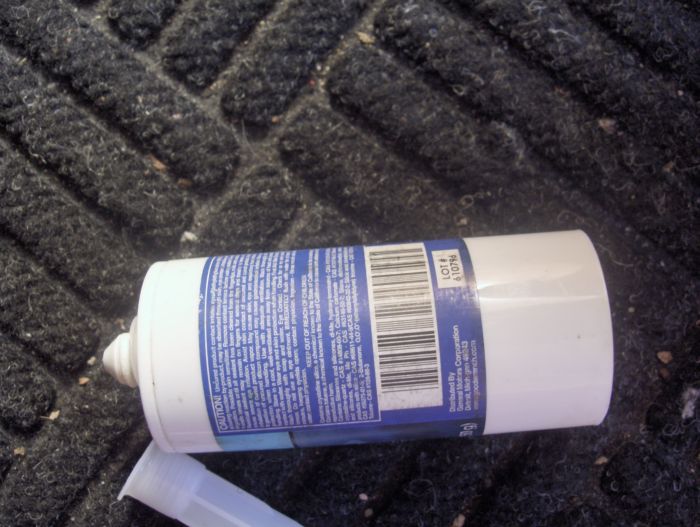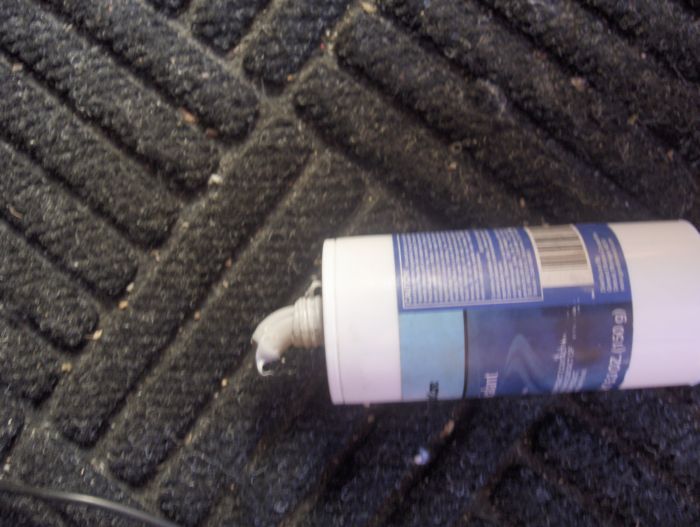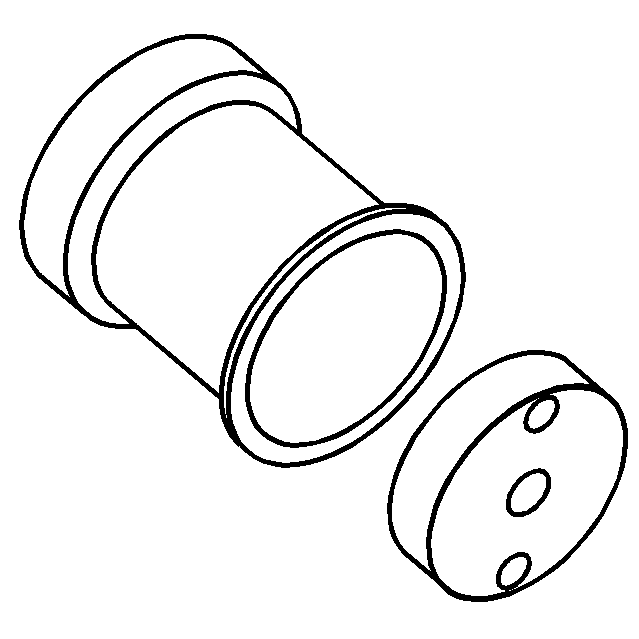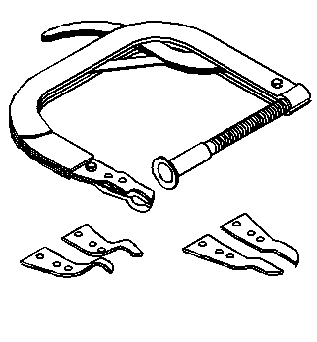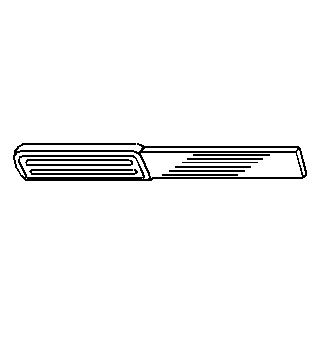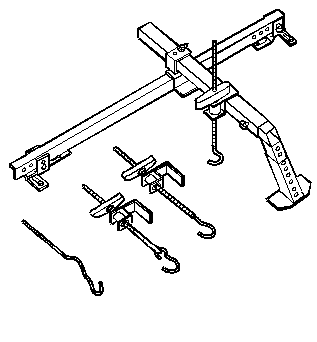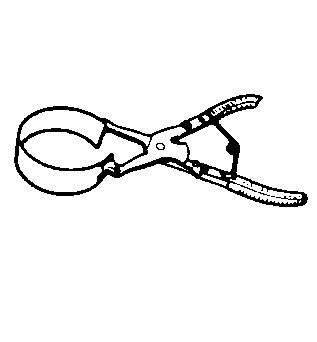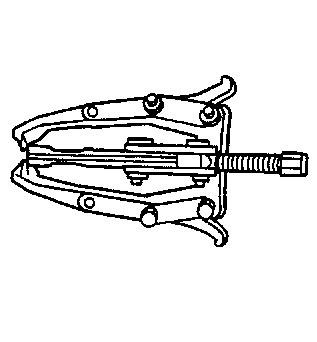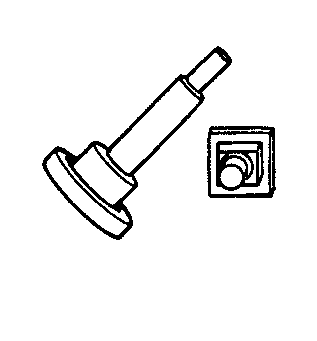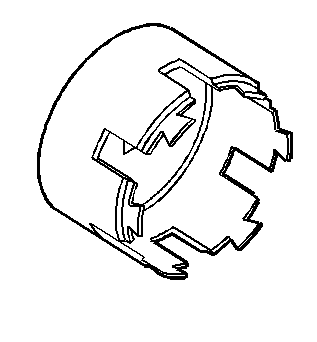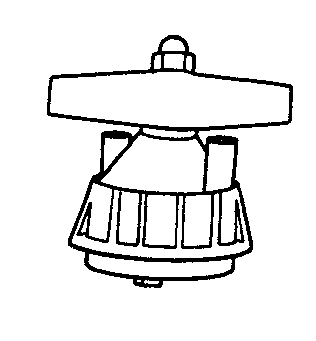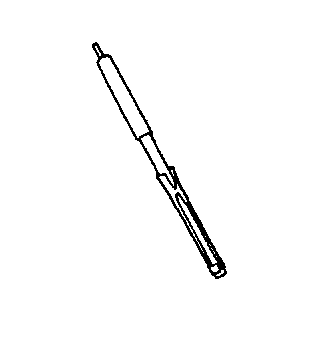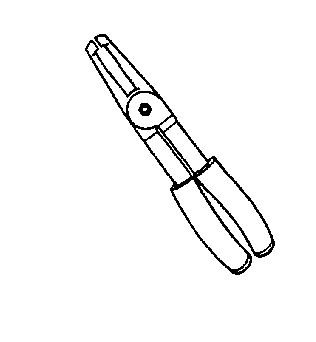I think everyone can handle the crossover and accessories bolt on's.
.
.
Please PM me if you need me to add.
.
.
Fastener Tightening Specifications
Application.....................................................Specification................Metric........ English
Air Conditioning Compressor Bracket to Lower Crankcase Lock Nut........30 N·m........22 lb ft
Air Conditioning Compressor Bracket to Lower Crankcase Stud..............25 N·m........18 lb ft
Air Conditioning Compressor to Block and Bracket...............................50 N·m........37 lb ft
Air Conditioning Compressor Mounting Bracket to Compressor...............25 N·m........18 lb ft
Brace--Left Bank (Long)...............................................................75 N·m.........55 lb ft
Brace--Left Bank (Short)..............................................................50 N·m.........37 lb ft
Braces--Right Bank.....................................................................50 N·m.........37 lb ft
Camshaft Bearing Cap....................................................................12 N·m.........106 lb in
Camshaft Chain Guide Access Plug...................................................4.5 N·m........39 lb in
Camshaft Cover.............................................................................10 N·m..........89 lb in
Camshaft Drive Chain Guide Bolts......................................................25 N·m.........18 lb ft
Camshaft Drive Chain Tensioner to Block............................................25 N·m.........18 lb ft
Camshaft Seal Retainer to Cam Cover (Left Hand Head)........................3 N·m.,........27 lb in
Camshaft Sprocket........................................................................120 N·m........89 lb ft
Catalytic Converter to Exhaust Manifold Rear Pipe............................... 50 N·m.........37 lb ft
Connecting Rod Bolt
First Pass ..................................................................................... 30 N·m.........22 lb ft
Second Pass ...................................................................................Back off to zero
Third Pass ...................................................................................... 25 N·m.........18 lb ft
Final Pass ...................................................................................... +110 degrees
Coolant Temperature Sensor..............................................................20 N·m......... 15 lb ft
Crankshaft Balancer Bolt
First Pass .......................................................................................50 N·m.........37 lb ft
Final Pass .....................................................................................+120 degrees
Crankshaft Position Sensor...............................................................10 N·m..........89 lb in
Cruise Control Bracket to Throttle Body Bracket.................................12 N·m..........106 lb in
Cylinder Block Coolant Heater - Right & Left.......................................10 N·m..........89 lb in
Cylinder Head Bolt (M11)
First Pass .......................................................................................30 N·m.........22 lb ft
Second Pass ...................................................................................+60 degrees
Third Pass .......................................................................................+60 degrees
Final Pass ...............................................................................+60 degrees (180 degrees Total)
Cylinder Head Bolt (M6).....................................................................12 N·m.........106 lb in
Cylinder Head Plug............................................................................80 N·m..........59 lb ft
Cylinder Head Plug (Oil Gallery).........................................................12 N·m.........106 lb in
Cylinder Head Plug (Soc Hex)............................................................5.5 N·m.........49 lb in
Drive Belt Idler Pulley.........................................................................50 N·m..........37 lb ft
Drive Belt Tensioner...........................................................................50 N·m..........37 lb ft
EGR Pipe (to Intake Manifold).............................................................25 N·m..........18 lb ft
EGR Tube (to Water Crossover)..........................................................25 N·m..........18 lb ft
EGR Tube to Intermediate Pipe Nut.....................................................60 N·m..........44 lb ft
EGR Valve........................................................................................25 N·m..........18 lb ft
Engine Flywheel Bolt
First Pass .......................................................................................15 N·m...........11 lb ft
Final Pass ....................................................................................... +50 degrees
Exhaust Manifold Pipe to Cylinder Head...............................................25 N·m..........18 lb ft
Exhaust Manifold Pipe to EGR Tube....................................................60 N·m..........44 lb ft
Exhaust Manifold Pipe to Exhaust Manifold Rear Pipe...........................25 N·m.........18 lb ft
Exhaust Manifold Pipe to Lower Crankcase..........................................25 N·m..........18 lb ft
Exhaust Manifold Rear Pipe to Right Manifold......................................40 N·m...........30 lb ft
Exhaust Manifold to Cylinder Head Lock Nut........................................25 N·m..........18 lb ft
Exhaust Manifold to Cylinder Head Bolt...............................................25 N·m...........18 lb ft
Flywheel Housing Cover Bolt...............................................................9 N·m............80 lb in
Front Cover Bolt................................................................................10 N·m............89 lb in
Generator and Air Conditioning Bracket to Block Bolt...........................50 N·m............37 lb ft
Generator Bracket to Block (Rear Bolt)...............................................47 N·m............35 lb ft
Generator Bracket to Block (Rear Nut)...............................................38 N·m.............28 lb ft
Generator to Bracket (Front Lower Bolt)............................................ 50 N·m.............37 lb ft
Generator to Bracket (Front Upper Bolt).............................................50 N·m.............37 lb ft
Generator to Bracket (Rear Bolt).......................................................50 N·m.............37 lb ft
Ignition Module Bolt (to Cam Cover)..................................................12 N·m.............106 lb in
Intake Manifold Bolt
10 N·m
89 lb in
Intermediate Sprocket Retaining Bolt
60 N·m
44 lb ft
Intermediate Sprocket Shaft Bolt
10 N·m
89 lb in
Knock Sensor
20 N·m
15 lb ft
Lift Bracket--Front
50 N·m
37 lb ft
Lift Bracket--Right Rear
50 N·m
37 lb ft
Lower Crankcase to Block (M8 x 1.25)
30 N·m
22 lb ft
Lower Crankcase Bolt/Stud (In Sequence) (M10 x 1.5)
First Pass
20 N·m
15 lb ft
Final Pass
+65 degrees
Oil Cooler lines to Oil Cooler
18 N·m
13 lb ft
Oil Cooler Lines to Oil Filter Adapter
18 N·m
13 lb ft
Oil Filter Adapter
16 N·m
12 lb ft
Oil Filter Adapter Plug w/Oil Cooler
20 N·m
15 lb ft
Oil Filter Adapter Plug w/o Oil Cooler
18 N·m
13 lb ft
Oil Level Indicator Tube
10 N·m
89 lb in
Oil Level Sensor
20 N·m
15 lb ft
Oil Manifold Plate to Lower Crankcase
10 N·m
89 lb in
Oil Pan Bolt
First Pass
8 N·m
71 lb in
Final Pass
12 N·m
106 lb in
Oil Pan Brace
50 N·m
37 lb ft
Oil Pan Drain Plug
20 N·m
15 lb ft
Oil Pump Suction Pipe (Lock Nut)
25 N·m
18 lb ft
Oil Pump to Lower Crankcase
First Pass
10 N·m
89 lb in
Final Pass
+35 degrees
Oxygen Sensor
40 N·m
30 lb ft
Power Steering Pump (to Bracket)
25 N·m
18 lb ft
Power Steering Pump Bracket (to Block)
50 N·m
37 lb ft
Starter (to Block)
30 N·m
22 lb ft
Starter Motor (Lock Nut)
10 N·m
89 lb in
Thermostat Outlet to Water Pump Cover
10 N·m
89 lb in
Torque Converter to Flywheel Bolt
47 N·m
35 lb ft
Torque Strut Bracket to Cylinder Head
50 N·m
37 lb ft
Torque Strut Bracket to Cylinder Head (Stud)
50 N·m
37 lb ft
Torque Strut Bracket to Water Manifold
25 N·m
18 lb ft
Transaxle Bel Housing to Engine
75 N·m
55 lb ft
Water Crossover (to Block)
25 N·m
18 lb ft
Water Crossover (to Head)
25 N·m
18 lb ft
Water Crossover Plug
25 N·m
18 lb ft
Water Outlet Fitting
50 N·m
37 lb ft
Water Outlet to Cylinder Head
25 N·m
18 lb ft
Water Pump Assembly
100 N·m
74 lb ft
Water Pump Drive Belt Shield Retaining Bolt
10 N·m
89 lb in
Water Pump Drive Belt Shield Retaining Nut
10 N·m
89 lb in
Water Pump Drive Belt Tensioner to Water Crossover (Stud)
10 N·m
89 lb in
Water Pump Cover to Water Pump Housing
10 N·m
89 lb in
------------------
Cadillac Tech
ASE MASTER TECH since 1988

86 Northstar Fiero
85 RX7 former SCCA car
56 TR3 small mouth 6.0L
A.J. Whiteley
[This message has been edited by AJxtcman (edited 03-17-2007).]




















